 Abraham Lincoln
If given the truth, the people can be depended upon to meet any national crisis...
Abraham Lincoln
If given the truth, the people can be depended upon to meet any national crisis...
 Guildford news...
for Guildford people, brought to you by Guildford reporters - Guildford's own news service
Guildford news...
for Guildford people, brought to you by Guildford reporters - Guildford's own news service
Birdwatcher’s Diary No.325
Published on: 18 Apr, 2025
Updated on: 18 Apr, 2025
By Malcolm Fincham
High pressure continue to dominate the UK during the first weeks of April bringing with it some warm sunshine.
Although a north-easterly breeze during the first week kept the air feeling somewhat cool. For the most part daytime temperatures remained in the mid teens Celsius, falling to low single figures at night.
Taking full advantage of the pleasant and mostly sunny days that followed, I was once again out with my camera visiting some of my local haunts.
On April 1 I saw my first swallow flying around Britten’s Pond, having seen my first two of the year at Unstead Sewage Farm just a few days previously.
A few blackcaps had started singing about the pond.
While nuthatches were constantly calling.
And dunnocks continued to sing.
On April 9 a female mallard could be viewed on the pond with its clutch of six chicks, a first on the pond this year.
While the four Egyptian goslings were still looking healthy and rapidly growing in size as they posed for a family photo on one of the islands.
The pair of mute swans were attempting to breed once again, having failed in their endeavours last year.
About the outlet stream and occasionally seen flying over the pond the resident grey wagtails also allowed me a few photos.
While a great spotted woodpecker could be seen and heard drumming in one of the surrounding trees.
A visit to Unstead Sewage Farm, near Godalming, on April 5 added surprisingly very little to my year’s sightings. However, it was memorable and worth the trip just for the prolonged views of two water rails.
These usually very secretive birds were feeding in a shady pool on what was a sunny afternoon.
Most of my visits during the first weeks of April were to the Riverside Nature Reserve where I was also able to add a few new sighting for the year, especially in the way of butterflies.
Locally in recent years small tortoiseshell butterflies have declined greatly in number, only personally seeing less than a handful in the past year or two.
It was a bonus for me therefore to see one near Stoke Lake on April 2, although only getting a record-shot.
About the marshy areas of the reserve, meadow sweet, also known as cuckoo flower, was coming into blossom. And by April 4 the first orange-tip butterflies were starting to emerge and could be seen feeding on what are their main food plants.
Female orange-tips could also be seen on the wing.
Also joined by green-veined white butterflies.
And a few small white butterflies.
Brimstone butterflies continued to be viewed feeding on the meadow sweet blossom.
Adding my first sighting of the year of a holy blue butterfly. And getting a photo of one in flight just a few days later as it buzzed about the yew trees in Worplesdon churchyard.
As the days progressed more birds could be heard breaking into song, with chiffchaffs constantly calling.
By the end of the first week at least five, or maybe more, blackcaps could be heard in full song about the reserve.
Several Cetti’s warblers had also broken into their occasional, but abrupt calls. Even catching a glimpse of one as it skulked through the brambles close to the water’s edge on the other side of the river.
Along the towpath a few greenfinches could be heard as they perched up making their ‘wheezing’ calls.
Looking across the river in the direction of recycling centre, at least five red kites could be viewed during my visits, flying among the large groups of circling gulls.
At Stoke Lock, a pair of grey wagtail flitted back and forth across the river feeding on flies over the water.
On April 8 I heard my first sedge warbler in song. It was in a clump of blackthorn near Stoke Lake. Eventually, and with much patience, getting a photo as it briefly poked its head out of the now dense foliage.
While on April 12 a female mallard could be viewed displaying its clutch of eight chicks along the River Wey.
Along the boardwalk, a male reed bunting had made a return and could be heard calling.
While on Stoke Lake a handful of tufted ducks were still present.
A large flock of gulls continued to visit the lake for a wash and brush-up, then returning to the recycling depot to rummage for food.
And a pair of shoveler ducks briefly made an appearance.
A few long-tailed tits flitted around in the bushes by the lakeside.
While a common buzzard made an appearance over the lake, causing much anxiety to the pair of crows nesting in the tall trees on the island.
In the company of Bob and Dougal the best sighting at the reserve on April 6, was by Bob.
While he attempted to find the unusual leucistic coot, often seen out on the flooded scrape near Stoke Lock, instead he picked out a pair of garganey ducks.
The garganey is a scarce and very secretive breeding duck in the UK, and our only summer migrating duck from Africa. It is smaller than a mallard and slightly bigger than a teal.
The male is more easily recognised by its broad white supercilium.
Having spent several days dabbling out on the scrape allowing numerous local observers to view them, they were reported to have moved on to pastures greener – and possibly wetter?
Also out on the flooded scrape were several shoveler ducks.
As well as a few wintering teal that could still be observed.
And on one visit a little egret could be viewed in flight, at the back of the field.
The strange looking leucistic coot could also still be seen out on the flooded area.
On one occasion it could be seen attempting to form a relationship with one of the more regular-looking coots.
On the far side of the flooded field, as at this time last year, a pair of mute swans were nesting.
And at another part of the reserve a pair of great crested grebes were taking turn in brooding their young.
Once again in the company of Bob and Dougal, on April 12 we visited Thursley Common in the hope of adding to this year’s sighting a few more species that had recently been reported to have arrived back from their winter homes in Africa.
Daytime temperatures had increased temporarily in recent days, with a recording of 22 degrees Celsius, making it the warmest of the year so far.
Enough to tempt a few lizards out to bask in the sunshine.
Out on the heathland common redstarts had made their return and several males could be heard singing from the higher branches of the pines.
A few tree pipits had also arrived back and could be picked out by their song.
As well as spotting and photographing one of a few willow warblers singing in some of the various silver birch sapling-scrubs that grow about the heath.
At the foot of ‘shrike hill’ a wheatear could also be observed, adding it to our year’s sightings.
Dartford warblers continued to be regularly seen as well as heard.
Both male and female stonechats continued to pose on the now flowering gorse bushes, themselves beginning to release a hint of the smell of coconut into the air.
While a kestrel could be viewed hovering over the heath.
Also adding a rare daytime sighting of a male emperor moth that had settled within a clump of heather.
A visit to the nearby heathland of Hankley Common allowed me a photo of a woodlark.
And also views of our first sighting his year of a hobby as it flew overhead.
Stopping off on our return home at an undisclosed location, we were able to add the sound of a nightingale in song.
I even managed a few photos of it as it skulked through a thicket of hawthorn scrub.
As we moved into the middle of the month, the long spell of high pressure had broken down bringing the first shower of rain in well over a fortnight, releasing the sweet smell of petrichor into the air.
Temperatures dropped back into the low teens Celsius, bringing further rain showers as we approached the middle of the month. “Hopefully this might bring a few migrating birds temporarily down to feed,” I thought.
Certainly noticeable while visiting the Riverside Nature Reserve on April 14 were a few hirundines, the first for me there this year.
They were feeding over the sewage works as well as over Stoke Lake. These included swallows as well as my first sightings of house martins this year.
Also adding to the day’s sightings were two common sandpipers feeding around the edge of the island on Stoke Lake.
With many more outstanding opportunities of new sightings still to be seen and hopefully photographed, and with optimism in my heart, I will endeavour to keep readers informed in the weeks to come.
Responses to Birdwatcher’s Diary No.325
Leave a Comment Cancel reply
Please see our comments policy. All comments are moderated and may take time to appear. Full names, or at least initial and surname, must be given.Recent Articles
- Letter: Let This Be a Warning to Others
- As the Population of Ash Grows, Developers Have To Meet Their Obligations
- Another Surrey Greenfield Site Approved for Housing Development
- Opinion: It’s Been a Year Since the General Election. Guildford Deserves Better from its MP
- Birdwatcher’s Diary No.331
- A Splashing Time at Guildford Lions Club’s Raft Race 2025
- Ash Care Home Proposal For Vacant Bewley Site Moves To Next Stage
- Stoke Park Paddling Pool Is Open Again Following Safety Investigation
- ‘Long-anticipated’ Waverley Skate Park Planned for Cranleigh
- Men In Their 60s Arrested After Fight At Newlands Corner



Recent Comments
- Susan Fox on Opinion: It’s Been a Year Since the General Election. Guildford Deserves Better from its MP
- Roshan Bailey on Normandy Housing Plan Reignites Concerns Over ‘Damage To Our Community’
- Michael Moriarty on Ash Care Home Proposal For Vacant Bewley Site Moves To Next Stage
- Susie Freeborn on Memories Of Queen Elizabeth Barracks And The Women’s Royal Army Corps
- Jeremy Holt on Update: Roadworks Planned for Portsmouth Road Postponed
- Graham Vickery on Letter: Local Government Reorganisation Consultations Are Too Little, Too Late
Search in Site
Media Gallery
Dragon Interview: Local Artist Leaves Her Mark At One of England’s Most Historic Buildings
January 21, 2023 / No Comment / Read MoreDragon Interview: Lib Dem Planning Chair: ‘Current Policy Doesn’t Work for Local People’
January 19, 2023 / No Comment / Read MoreA3 Tunnel in Guildford ‘Necessary’ for New Homes, Says Guildford’s MP
January 10, 2023 / No Comment / Read More‘Madness’ for London Road Scheme to Go Ahead Against ‘Huge Opposition’, Says SCC Leader
January 6, 2023 / No Comment / Read MoreCouncillor’s Son Starts Campaign for More Consultation on North Street Plan
December 30, 2022 / No Comment / Read MoreCounty Council Climbs Down Over London Road Works – Further ‘Engagement’ Period Announced
December 14, 2022 / No Comment / Read MoreDragon Interview: GBC Reaction to the Government’s Expected Decision to Relax Housing Targets
December 7, 2022 / No Comment / Read MoreHow Can Our Town Centre Businesses Recover? Watch the Shop Front Debate
May 18, 2020 / No Comment / Read More



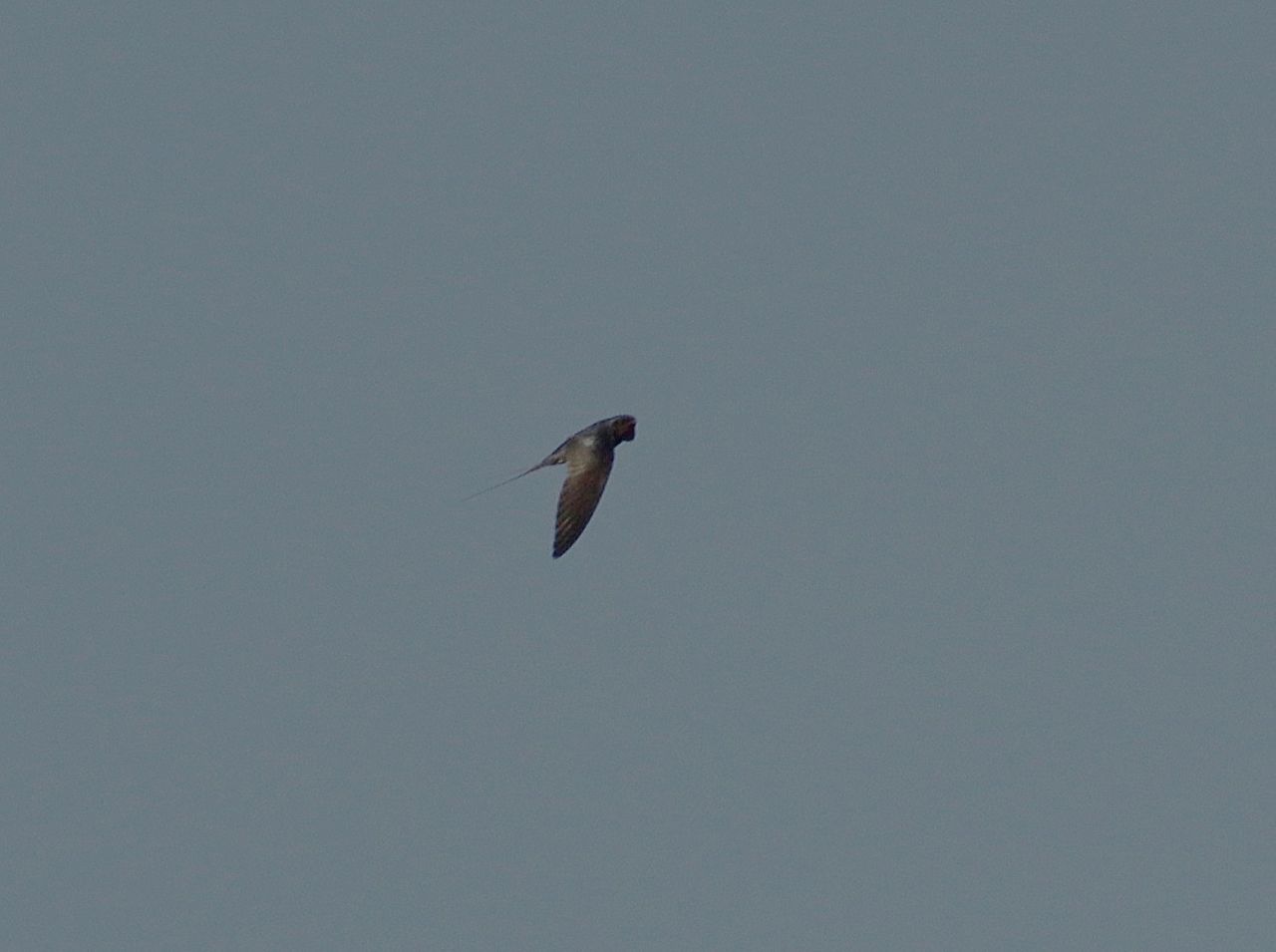
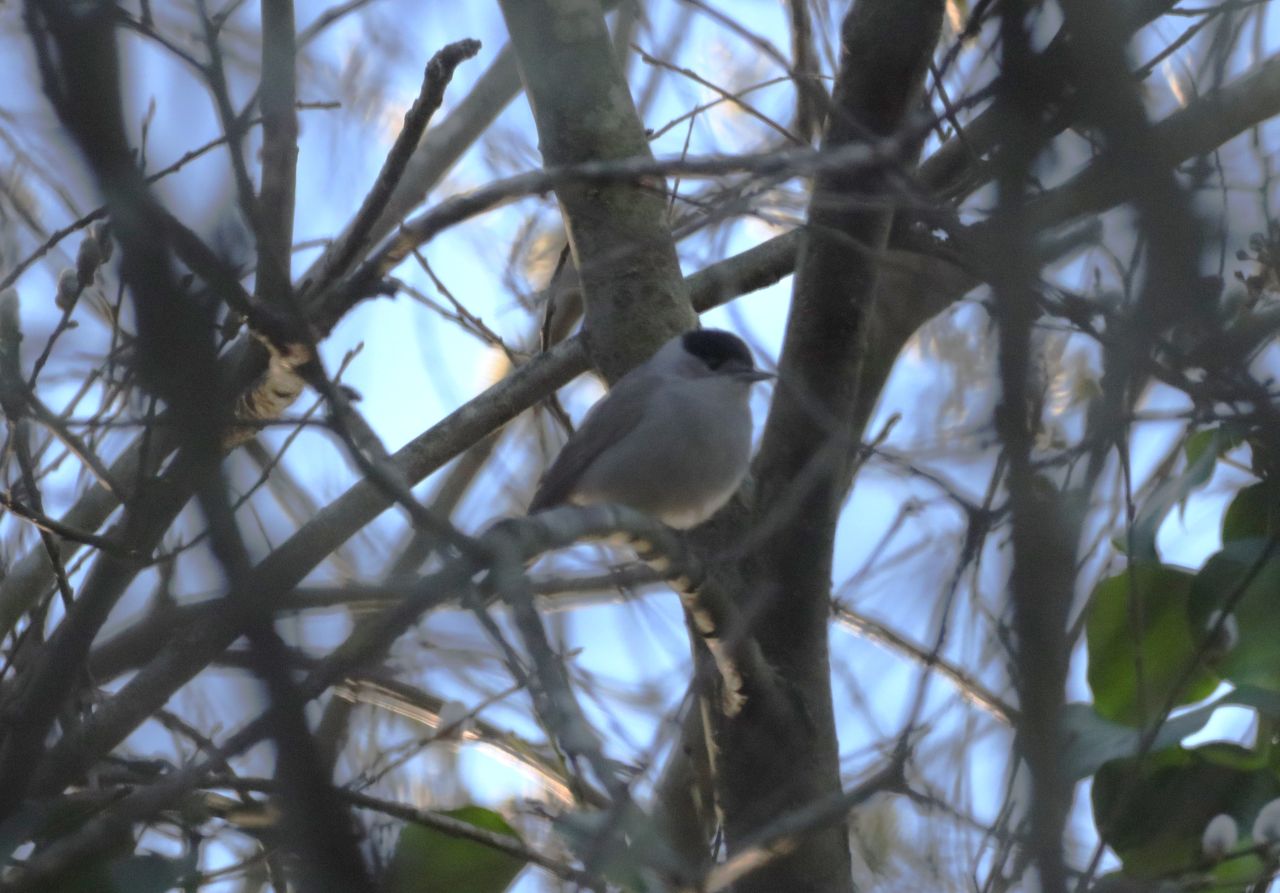
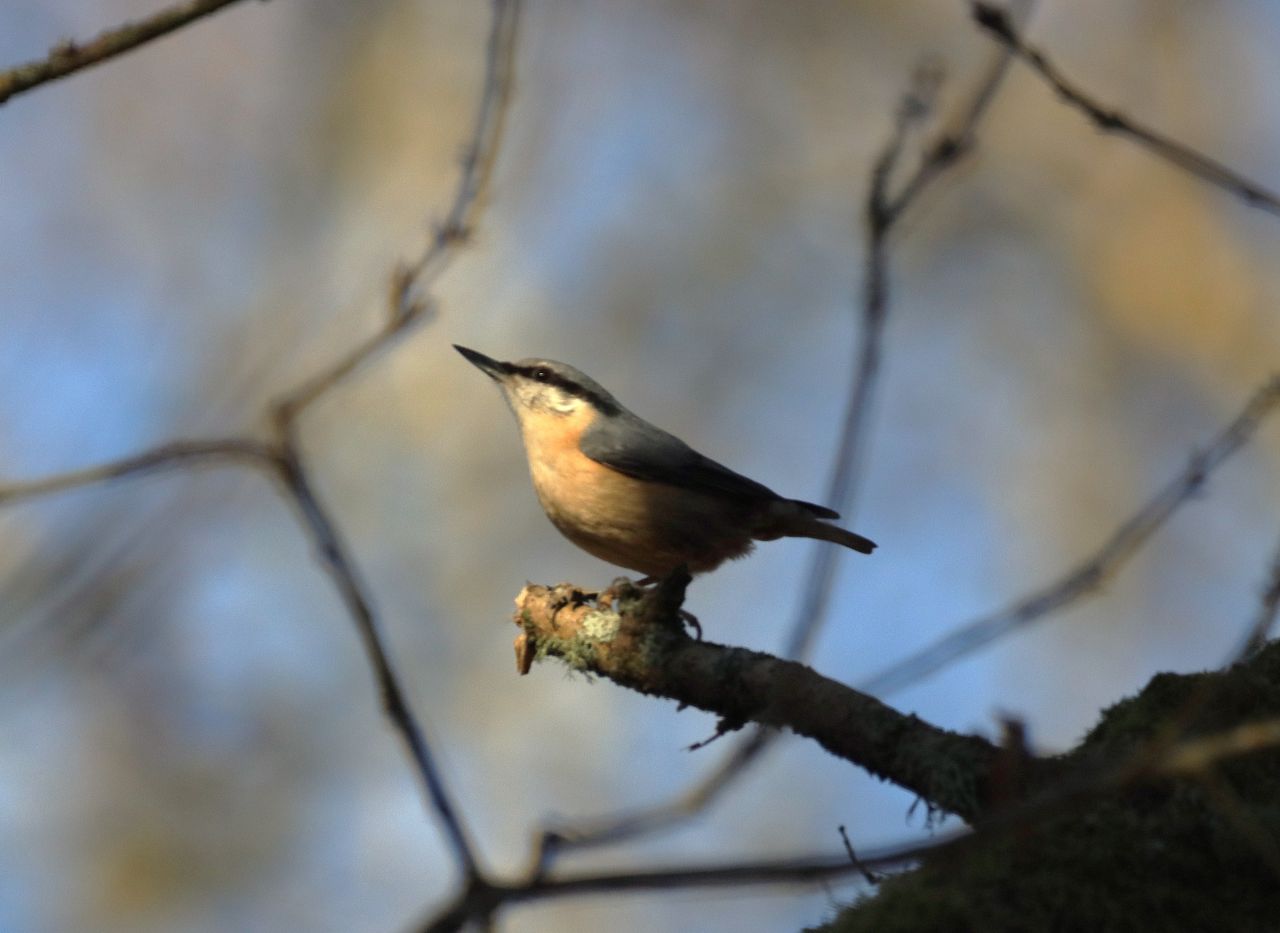
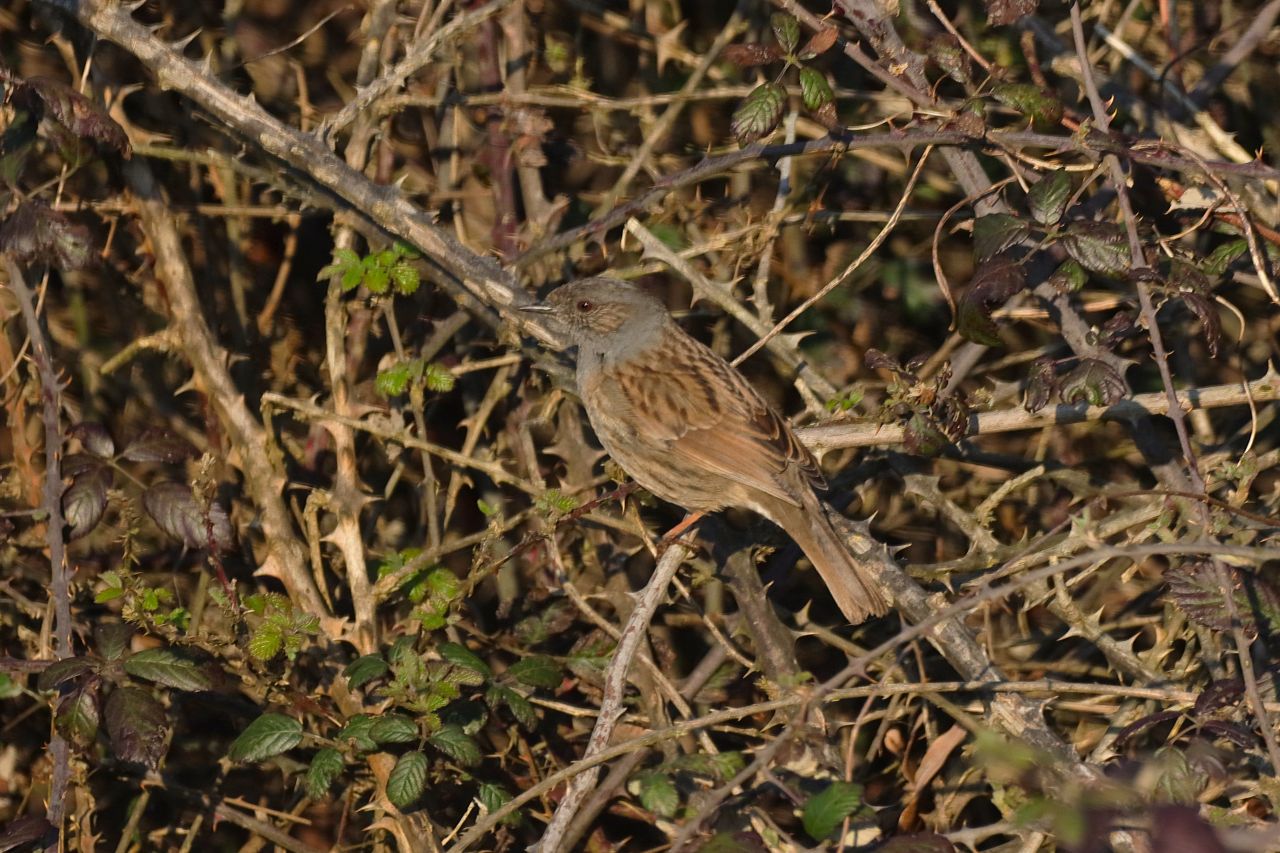
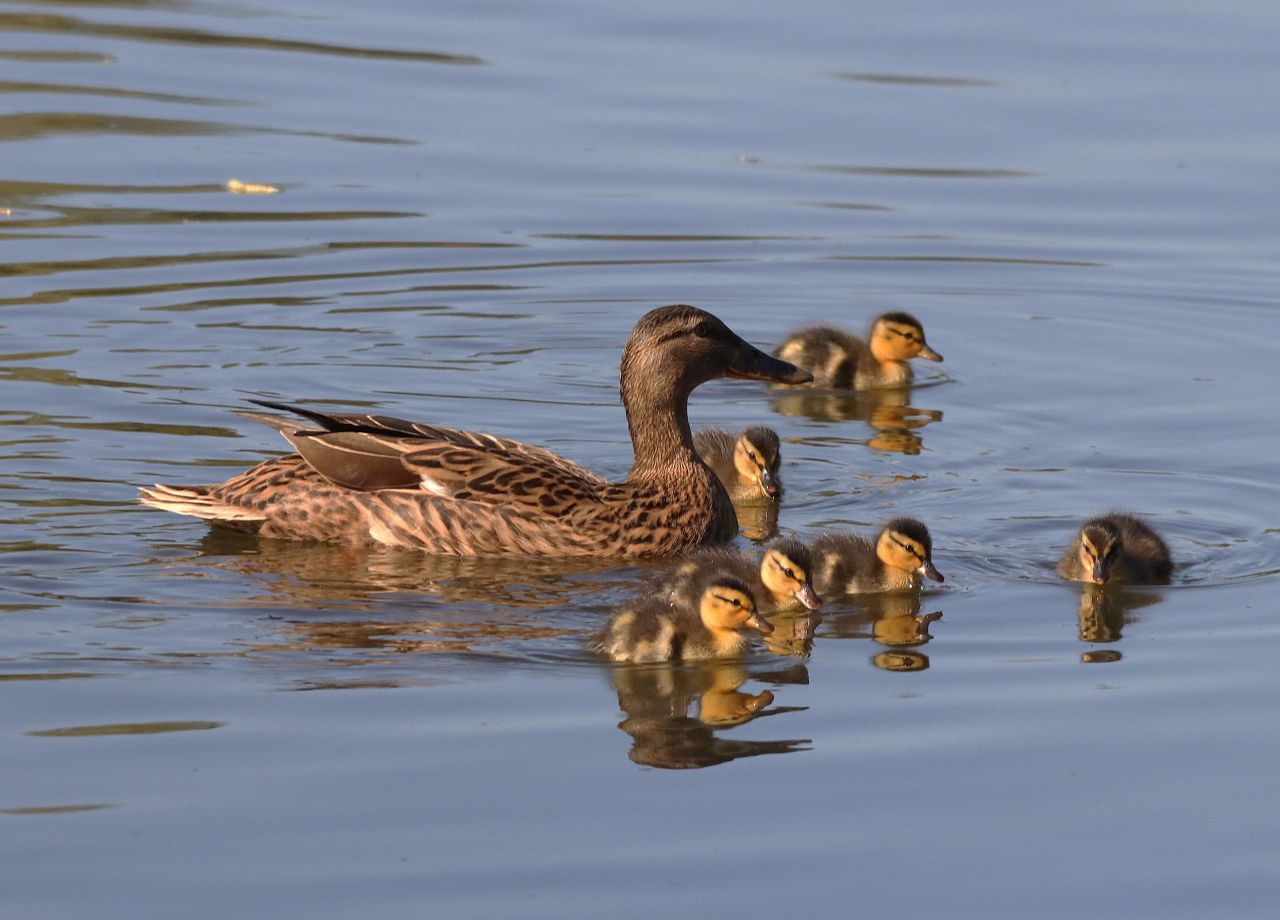

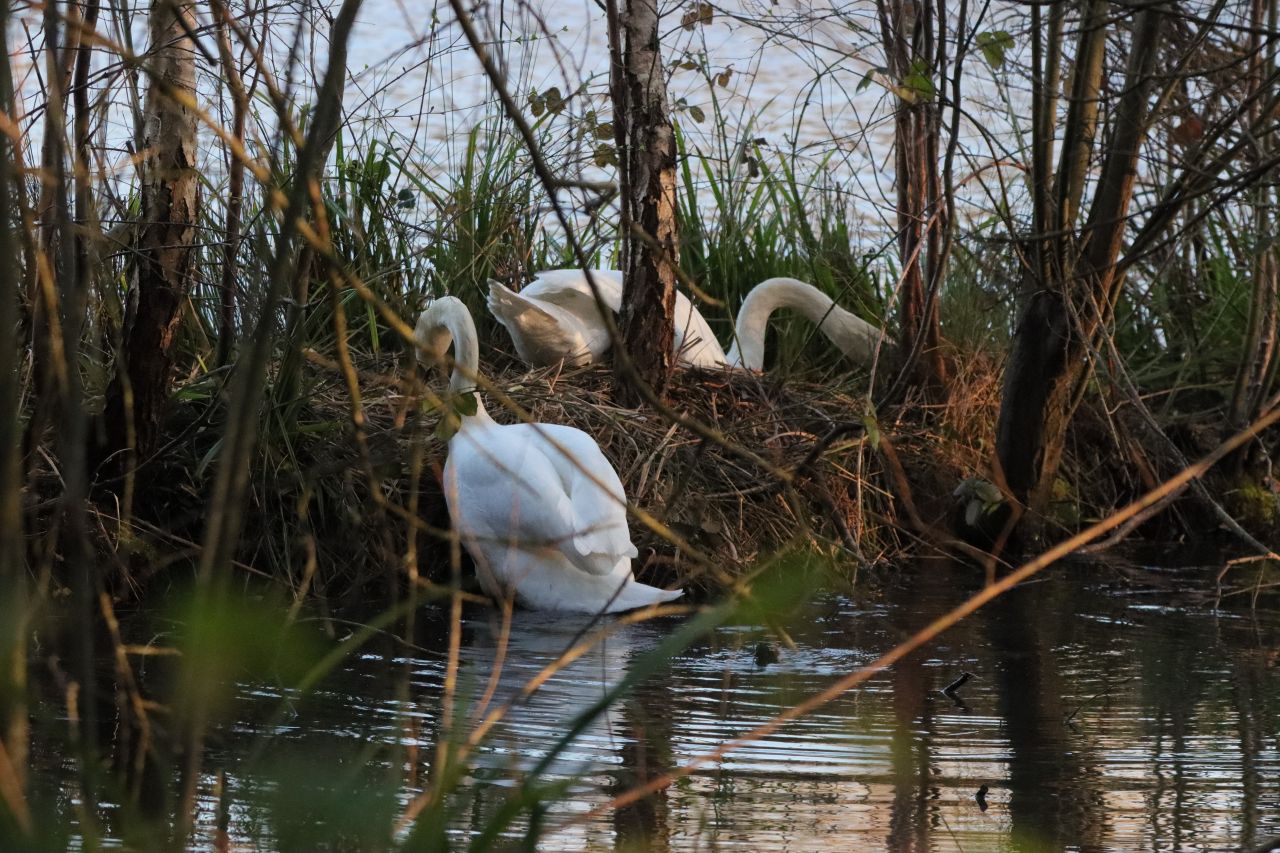
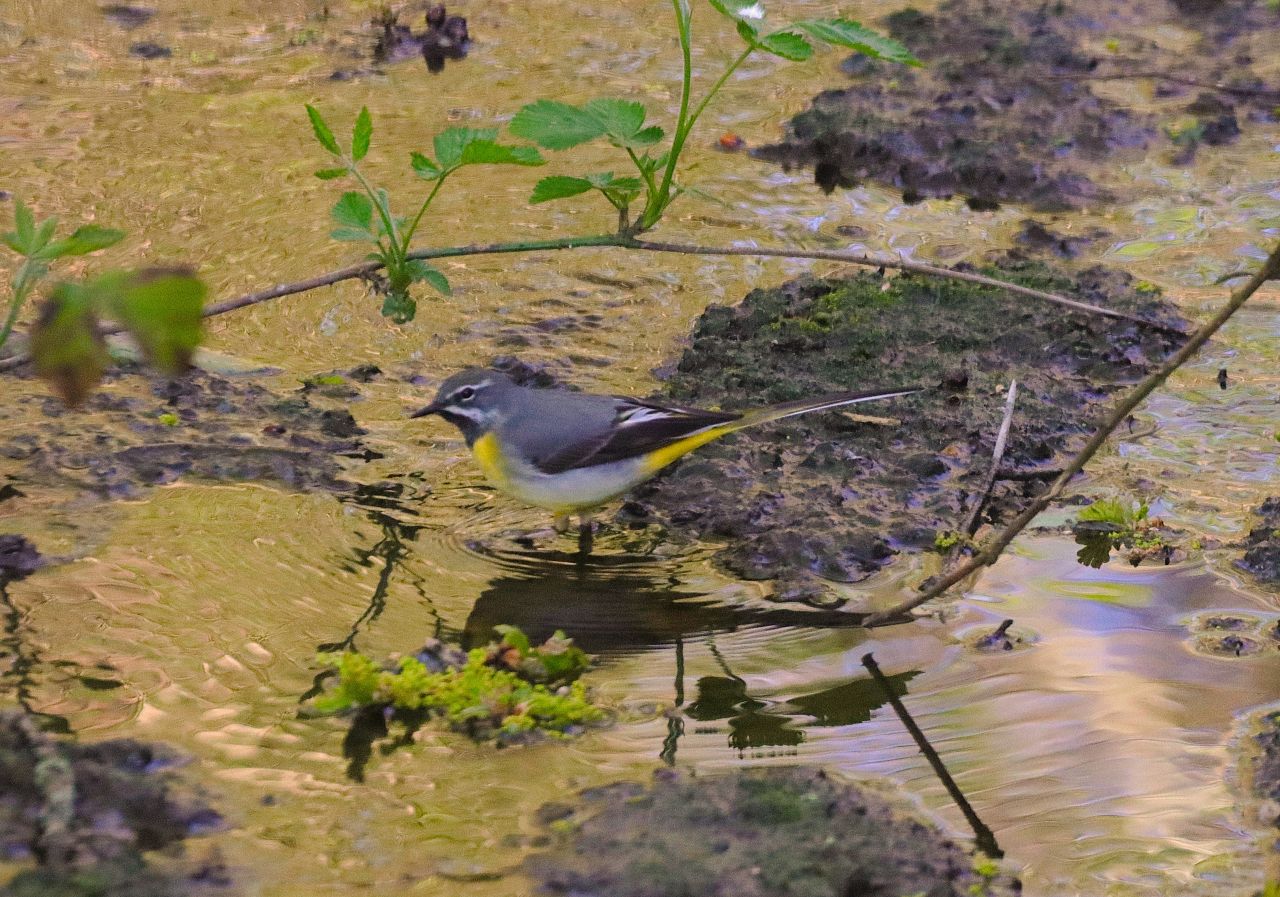
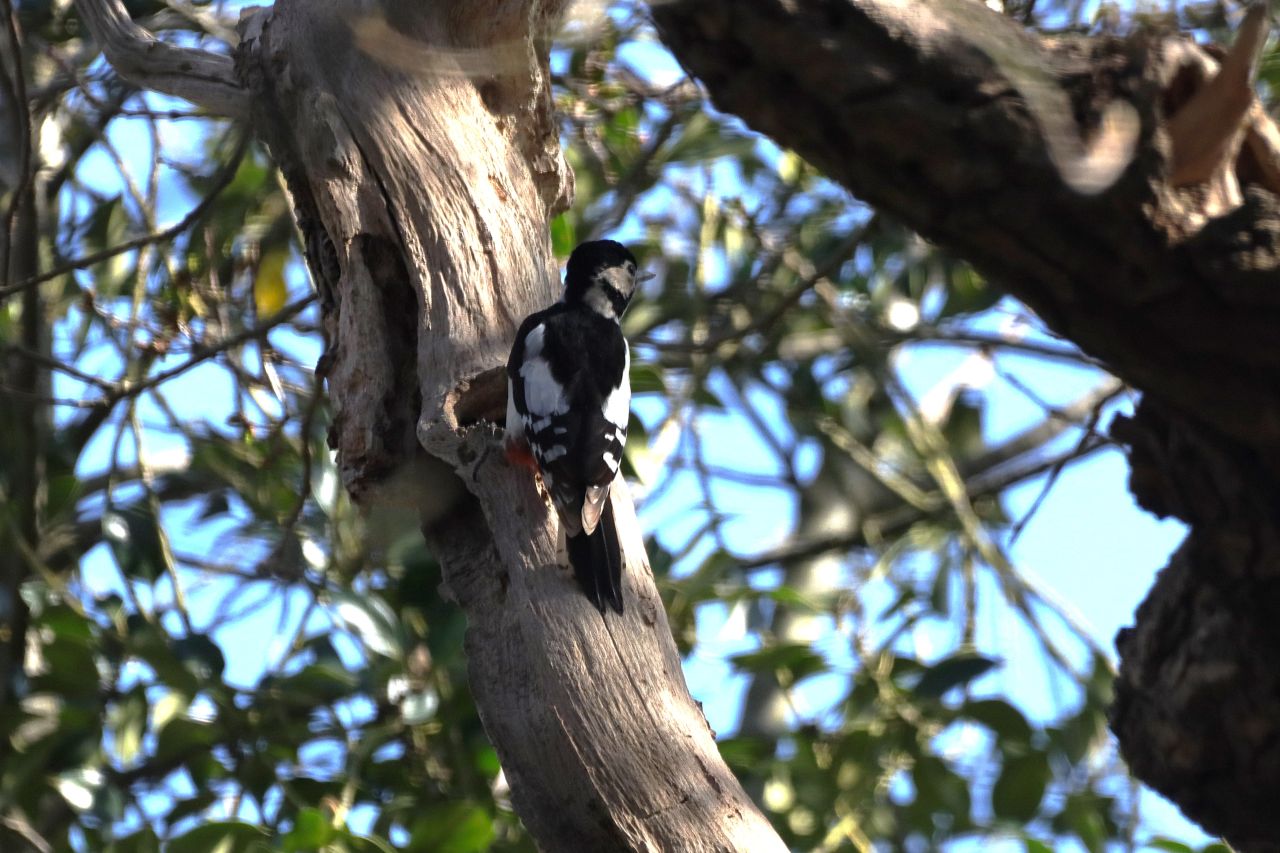
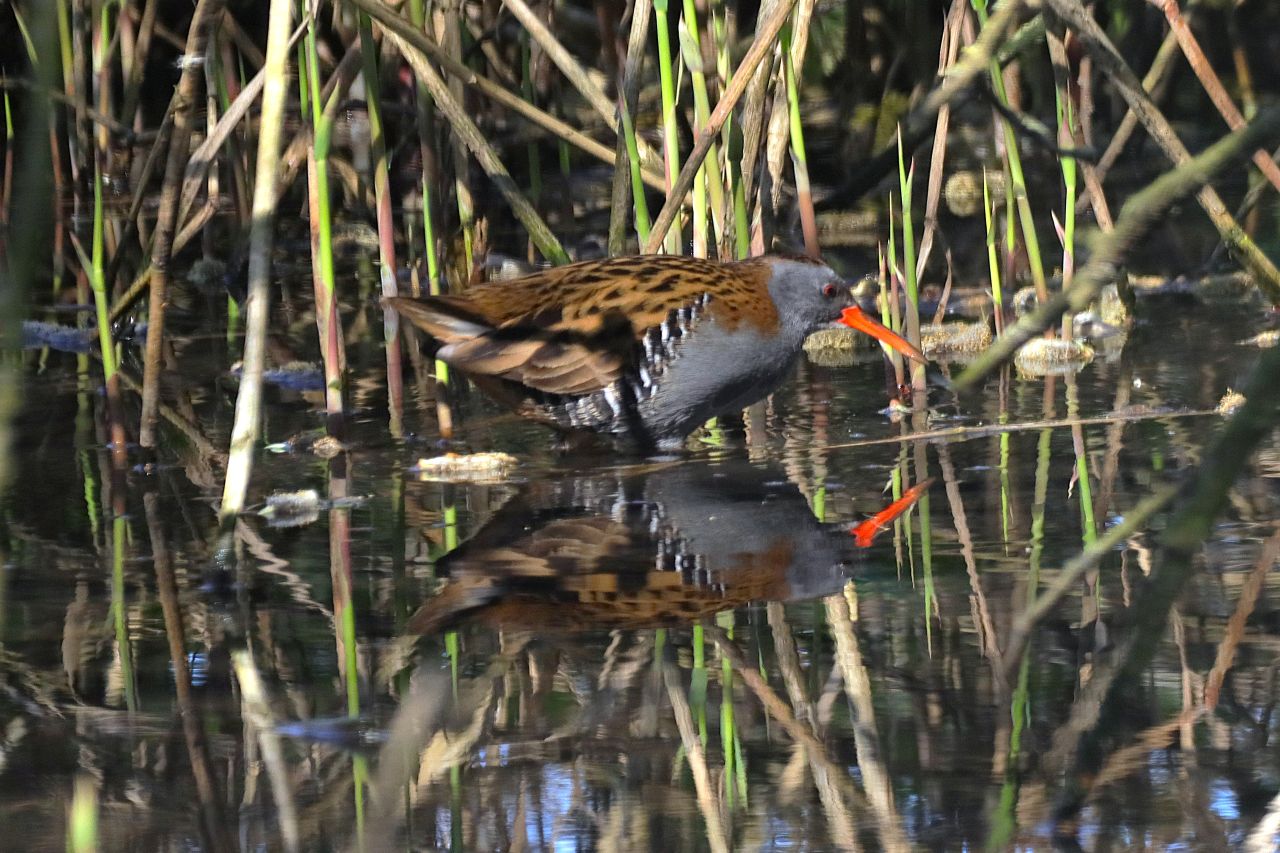
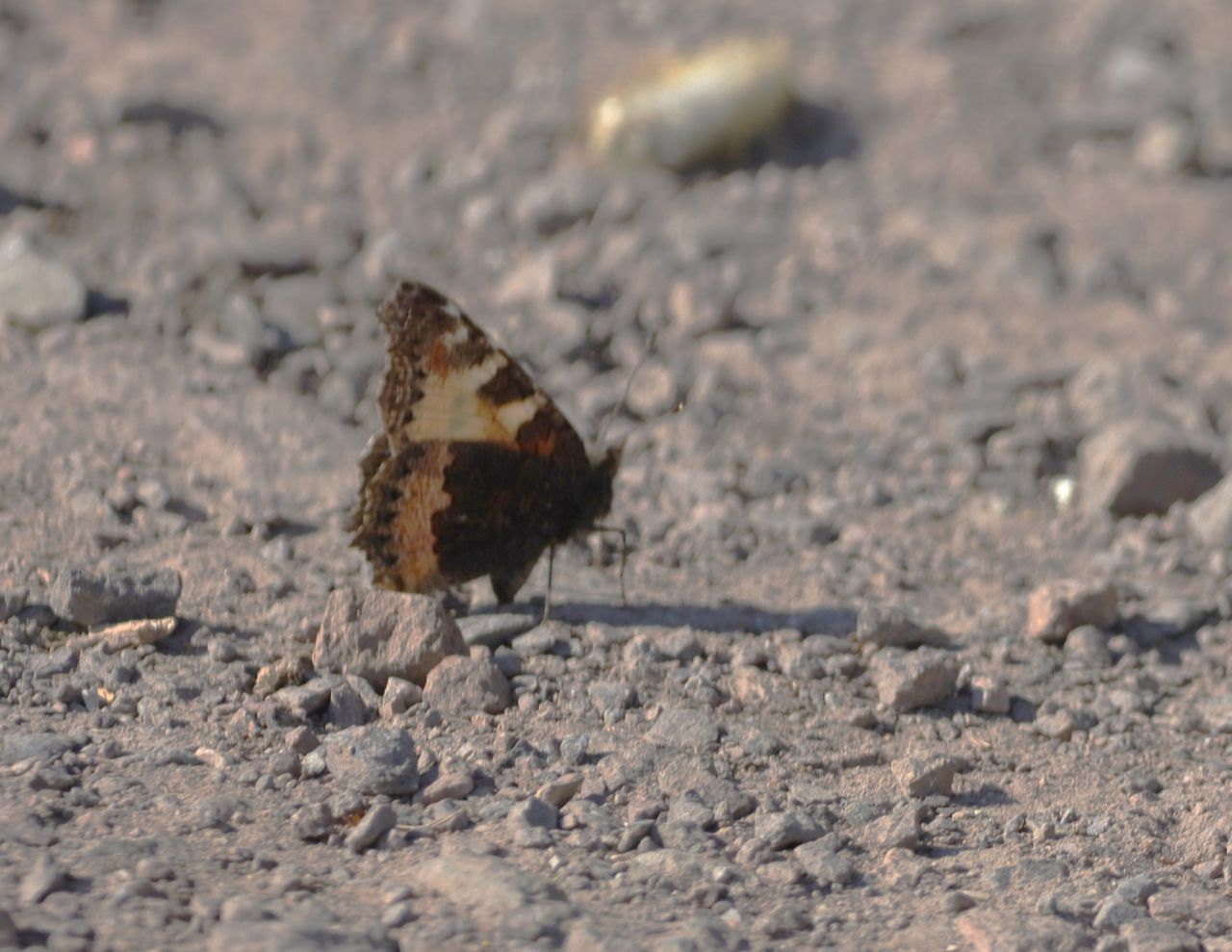
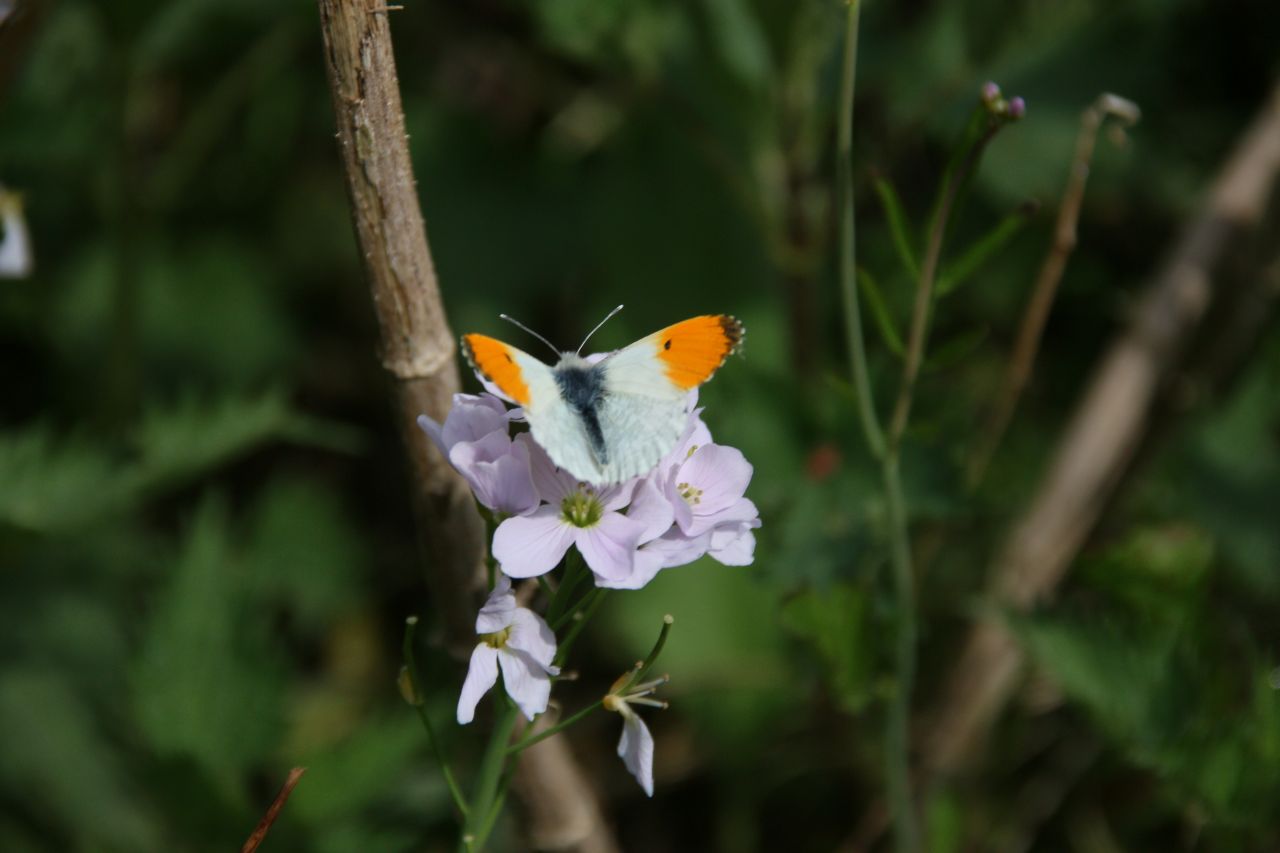
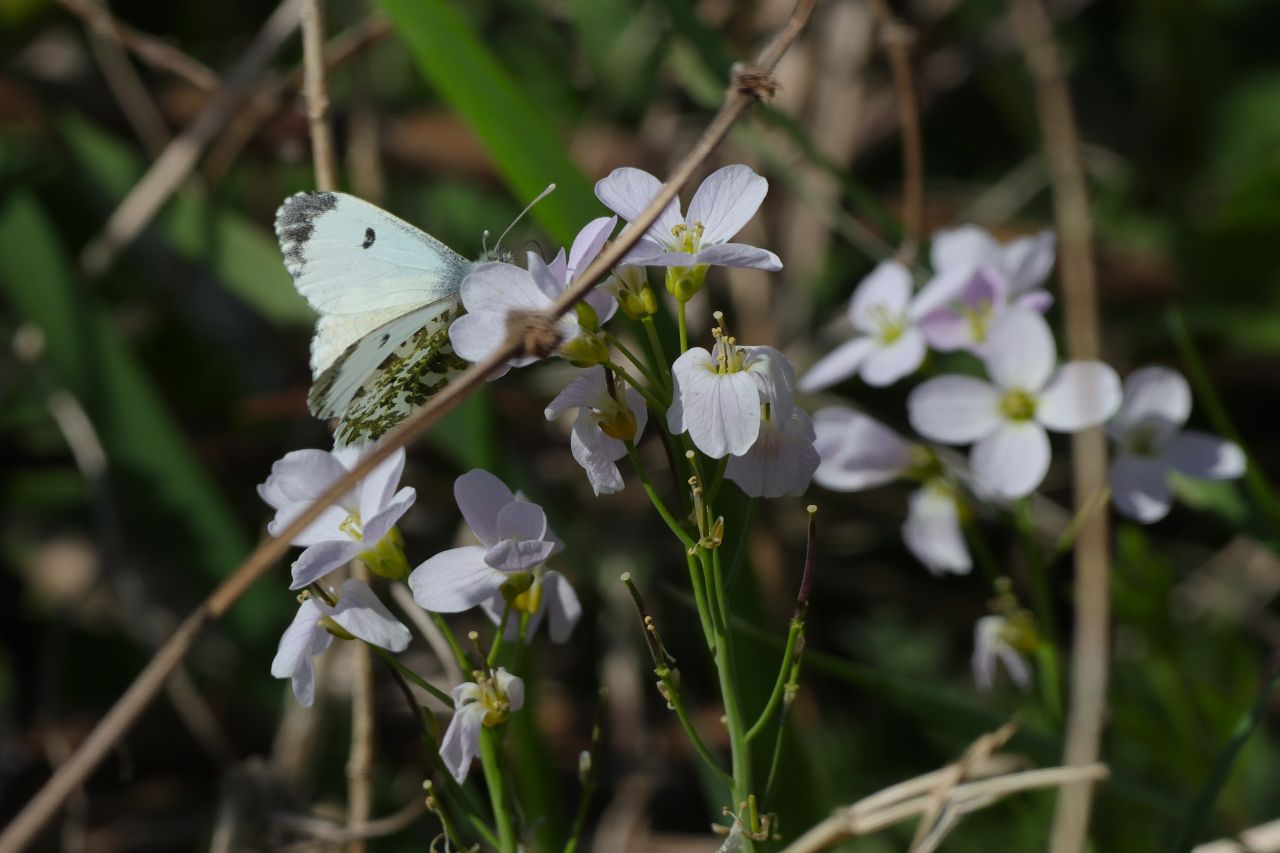

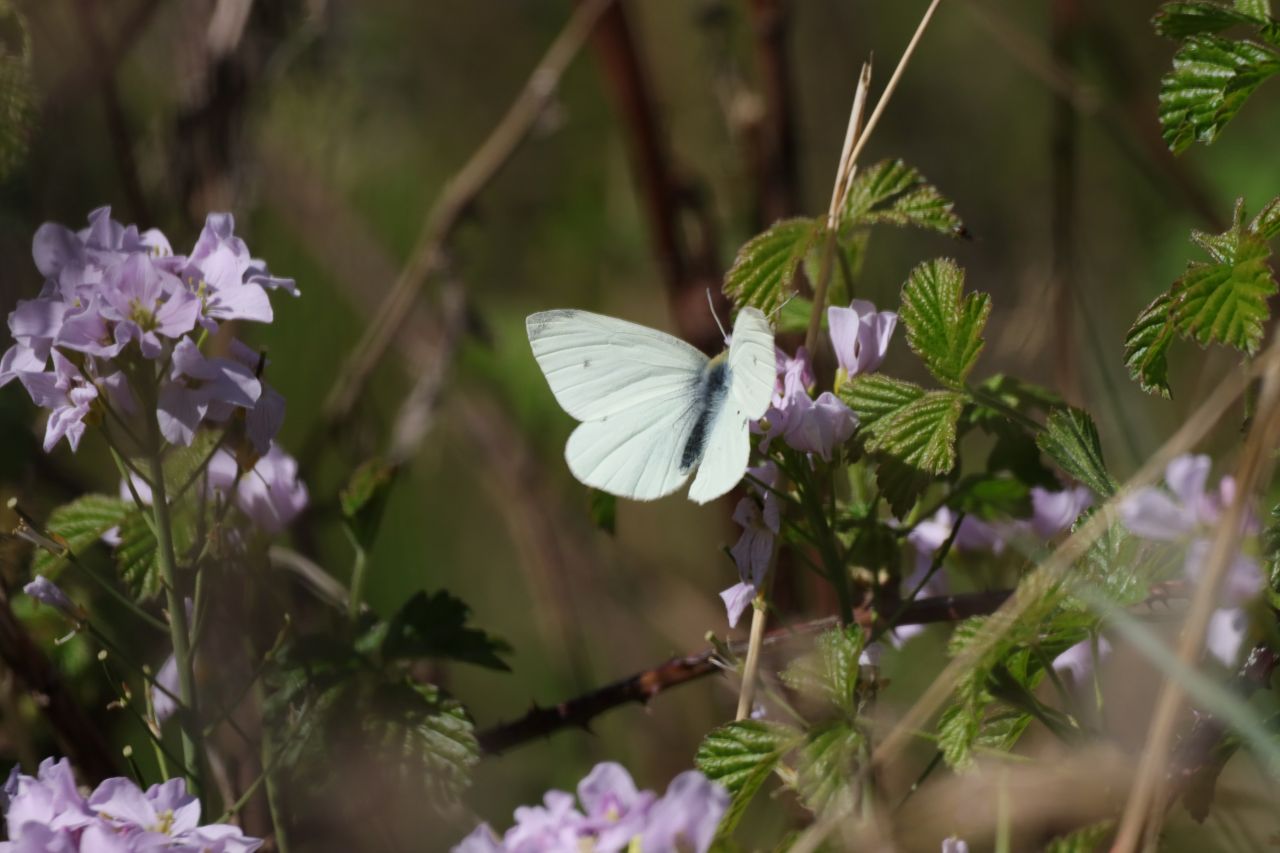
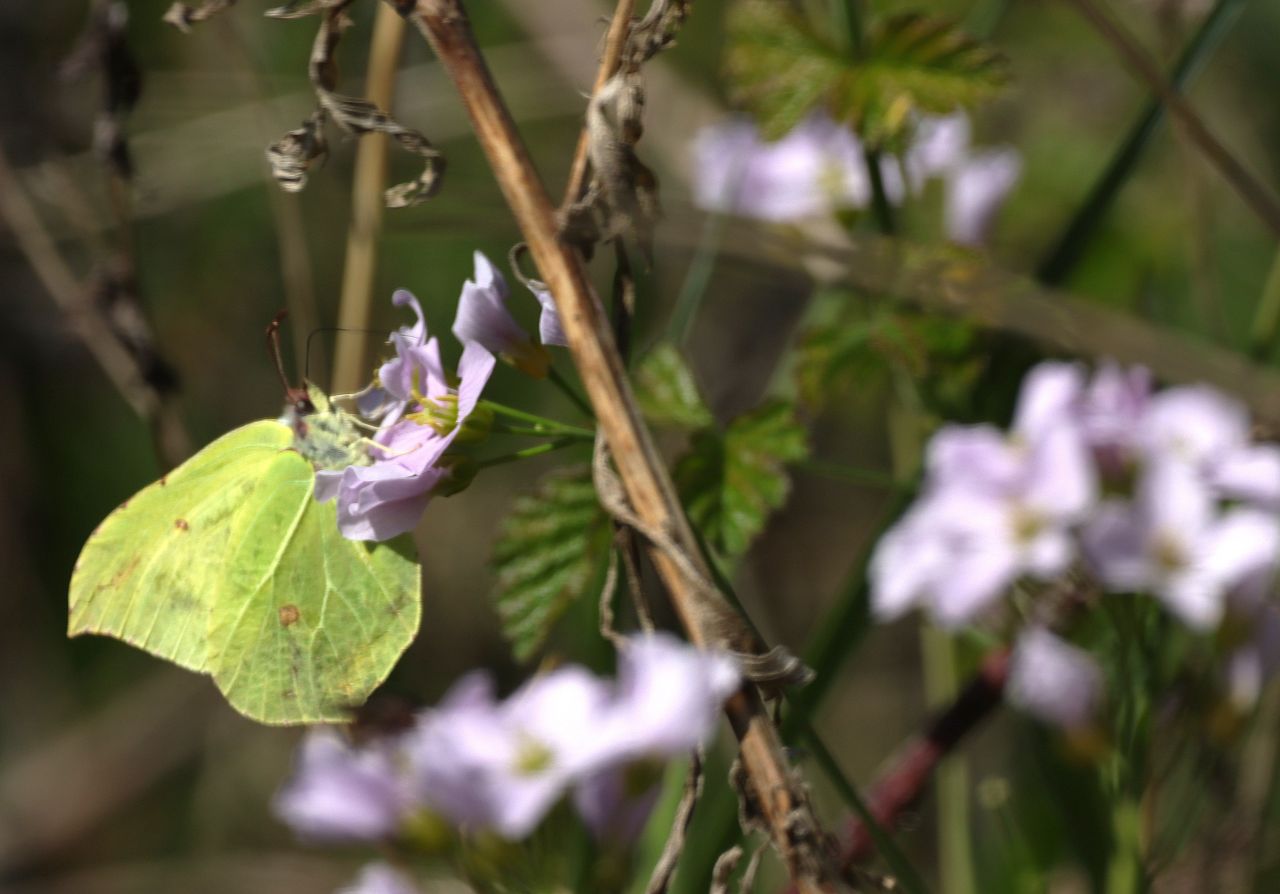
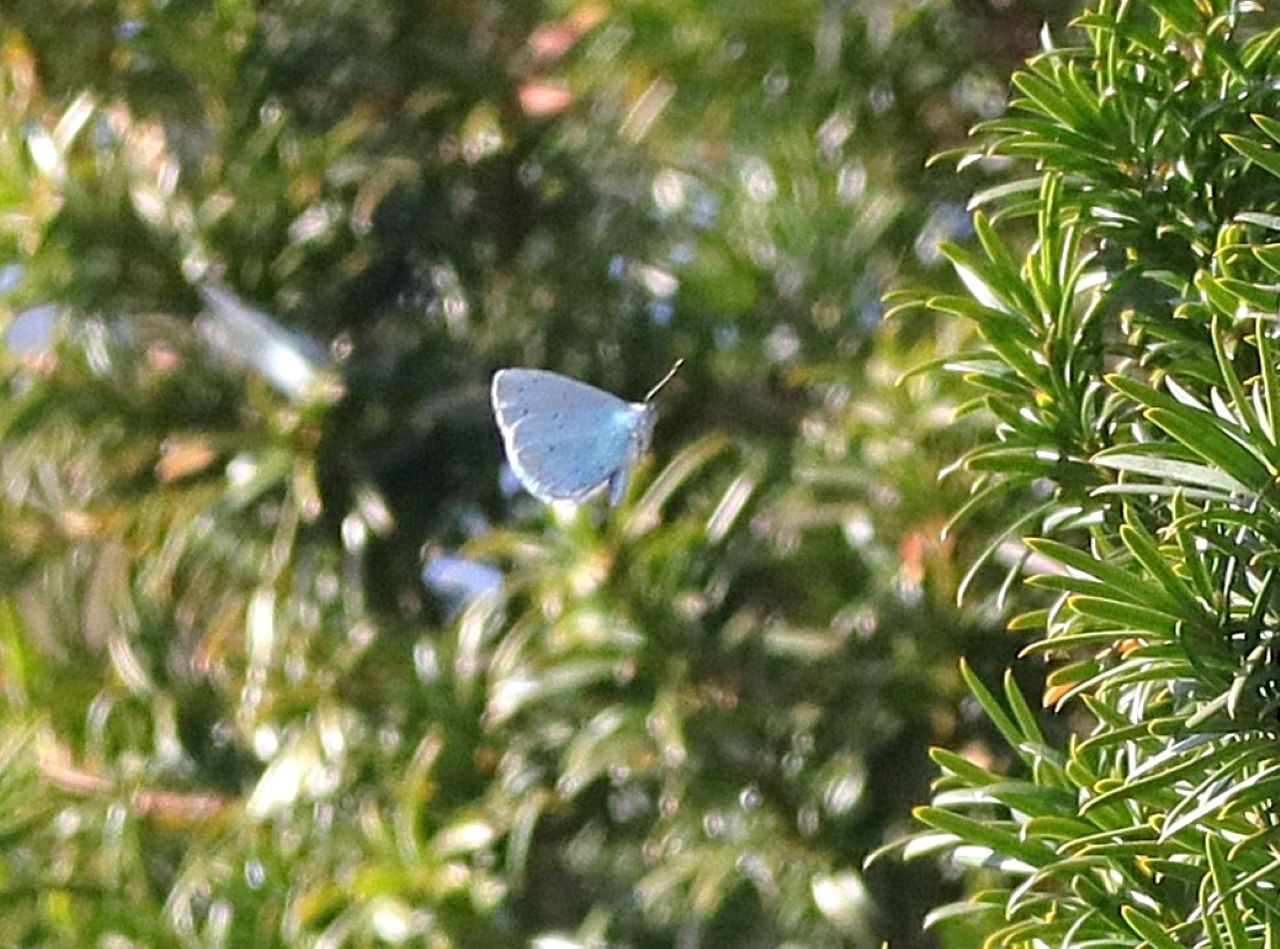
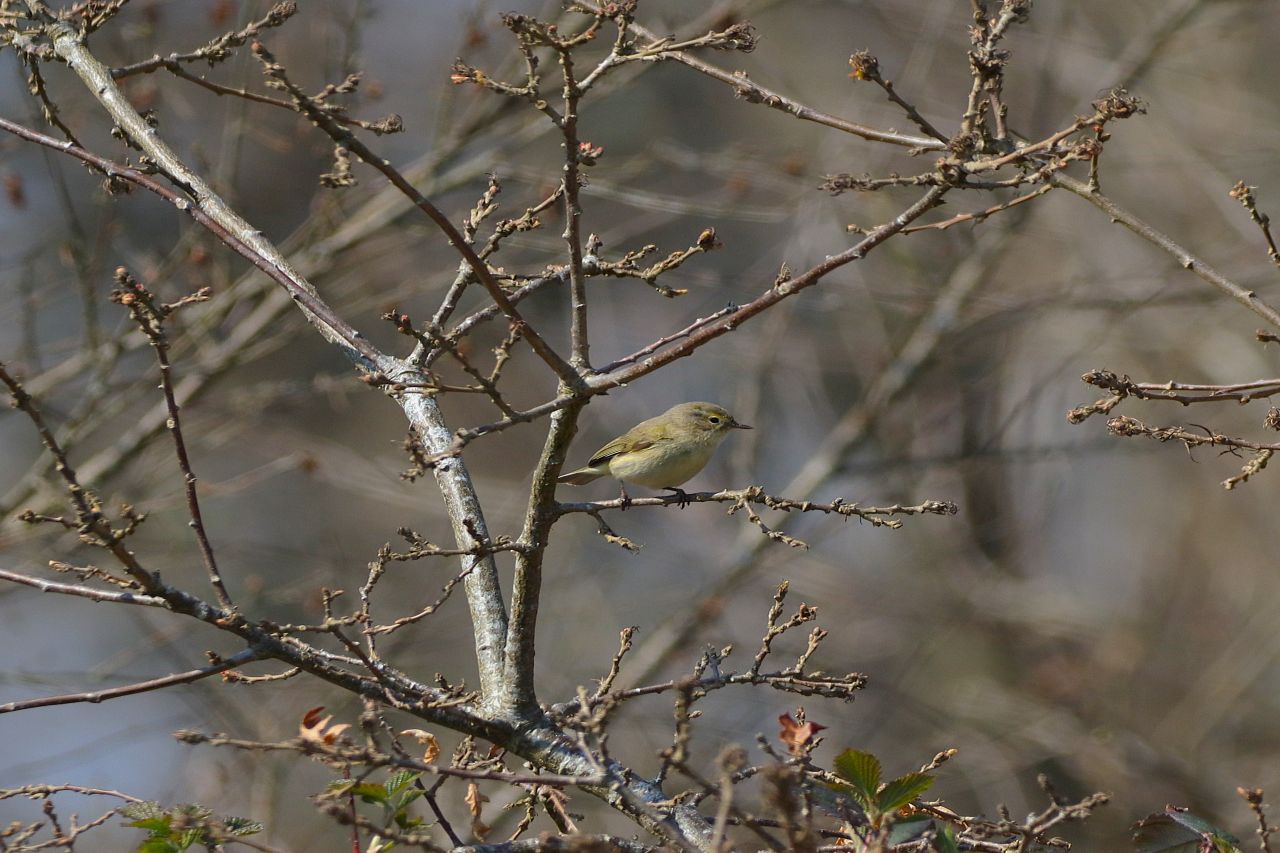
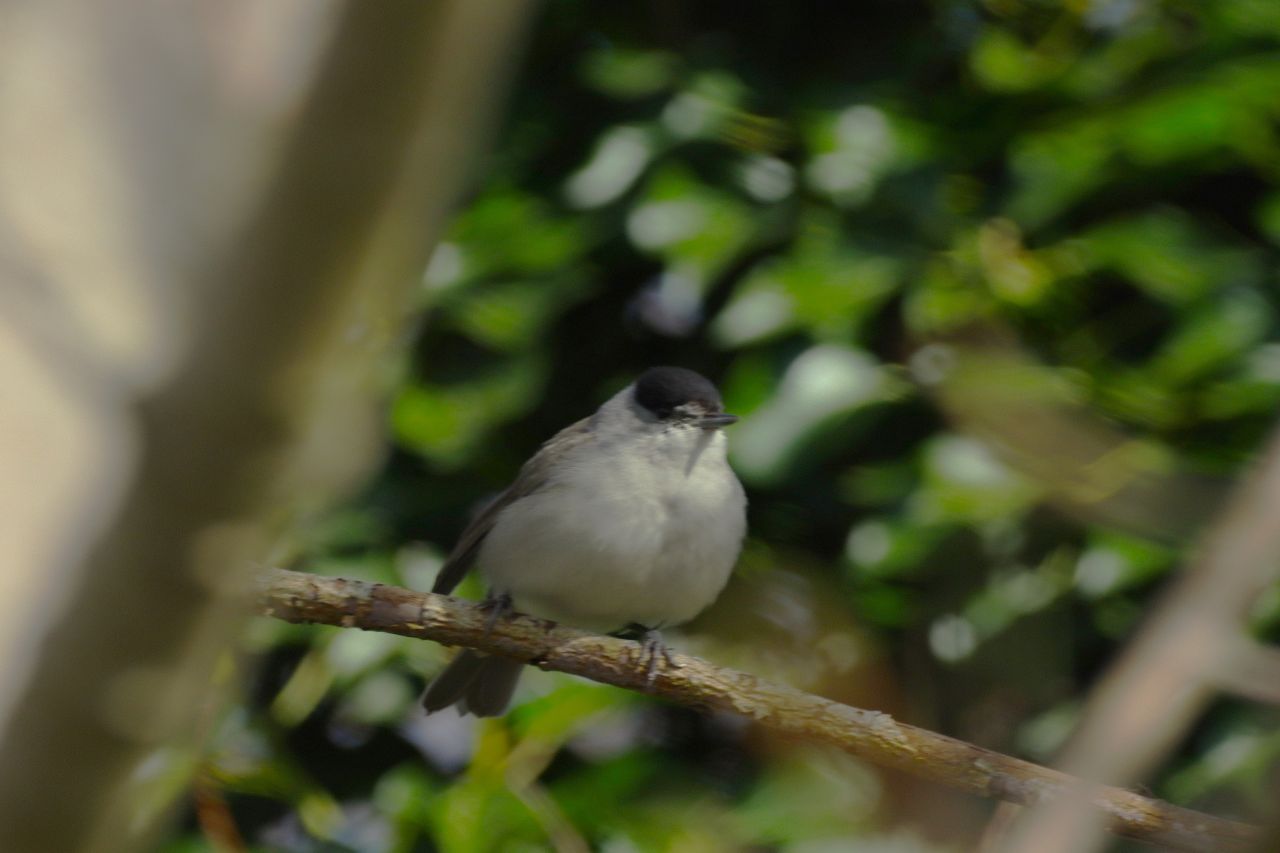

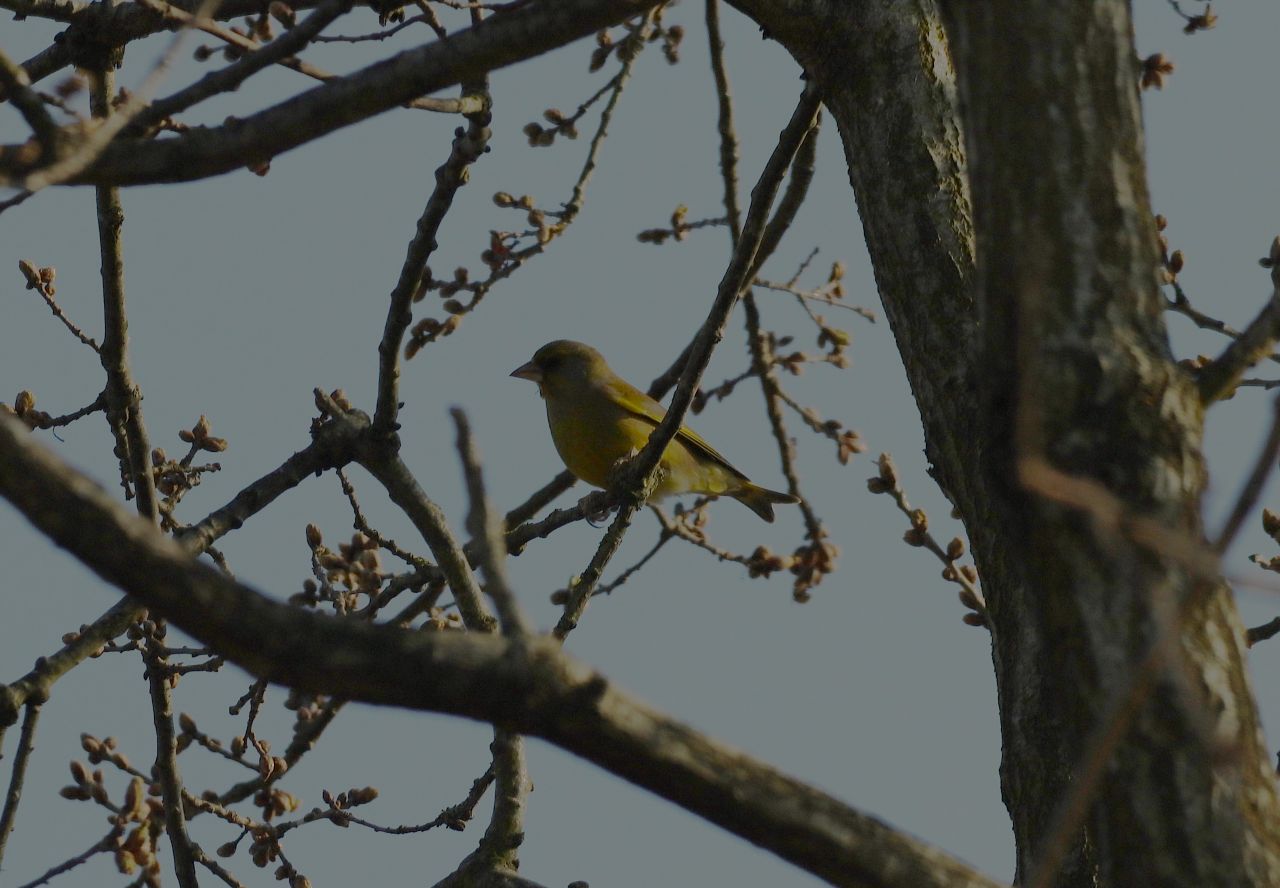
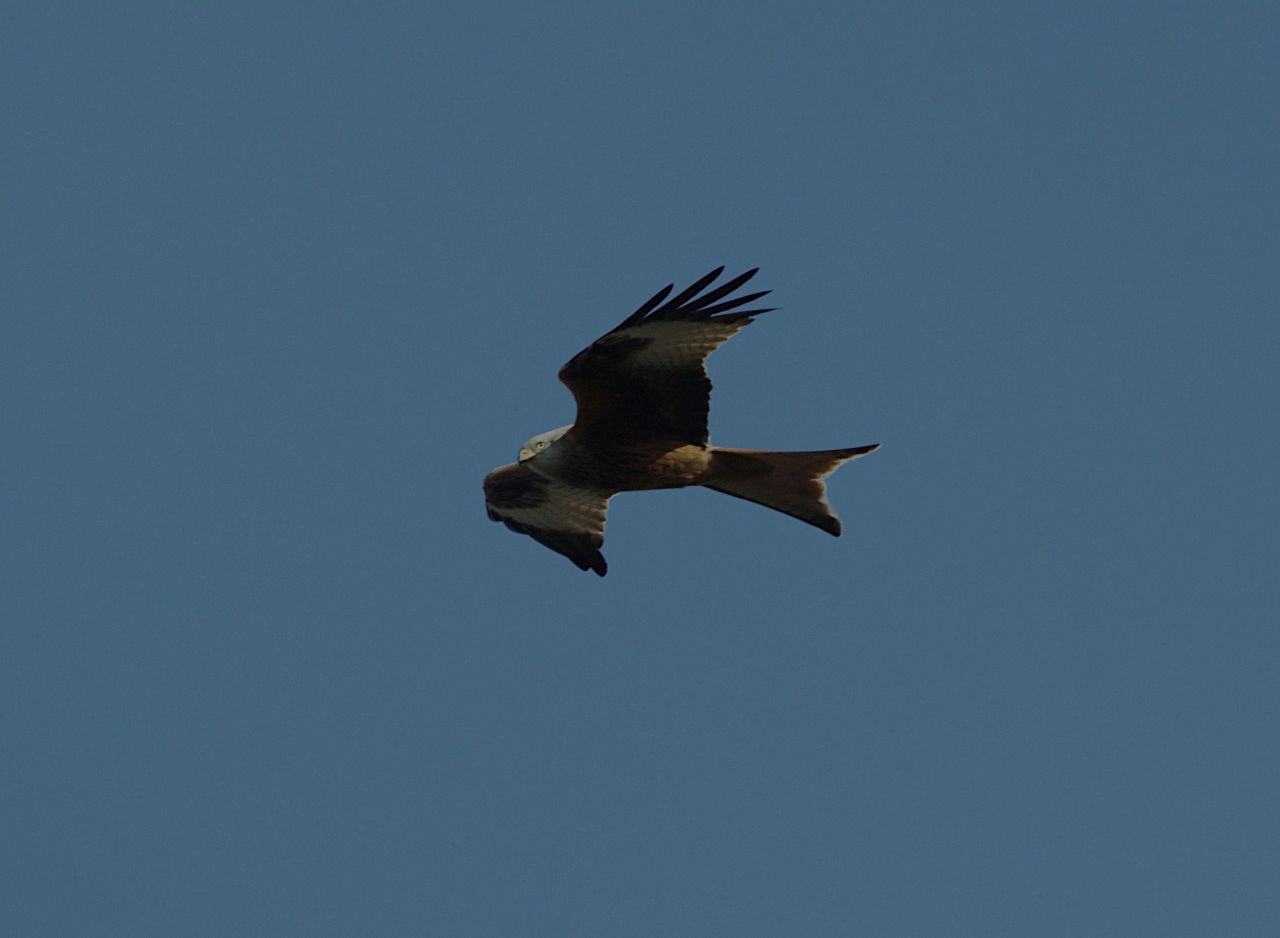
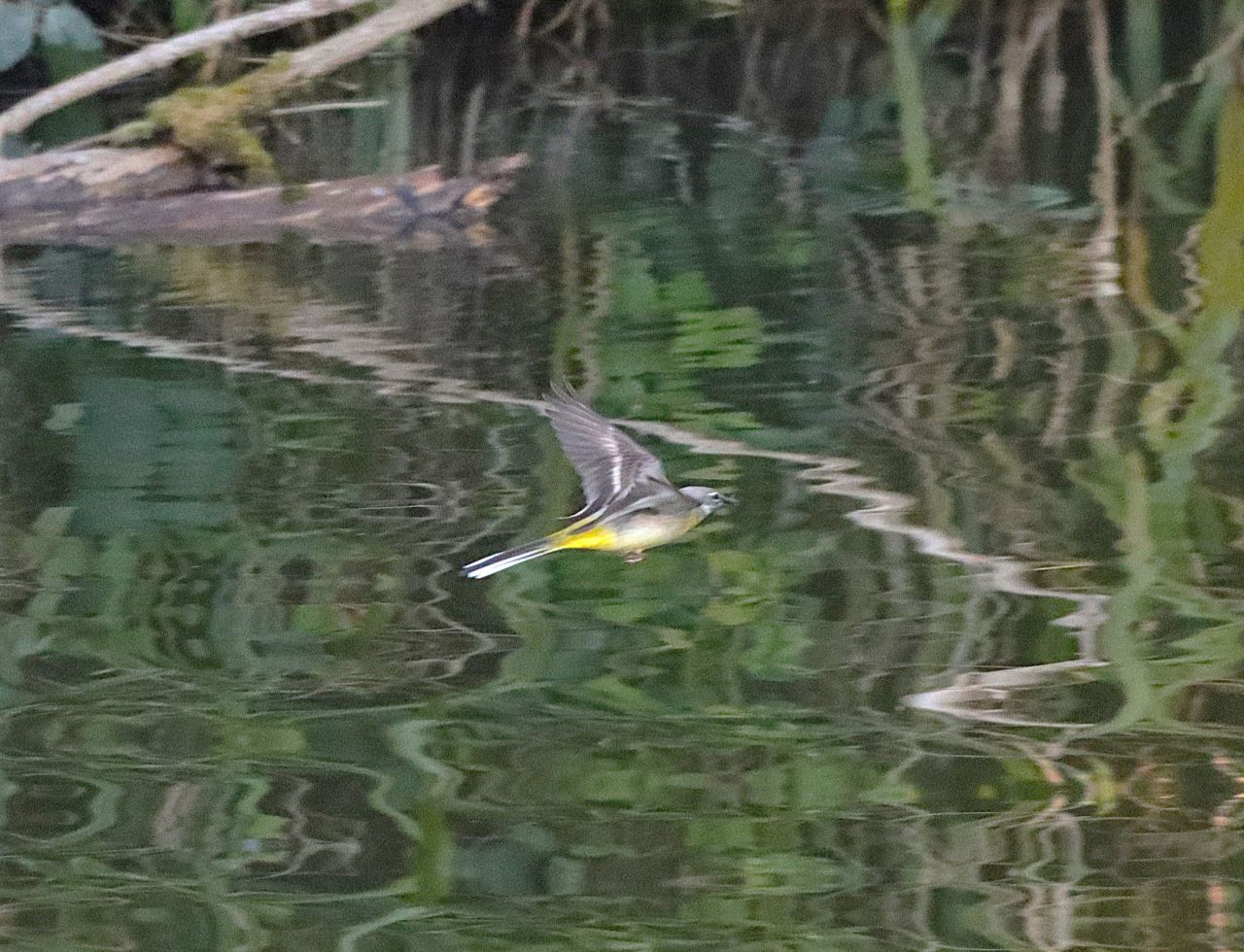
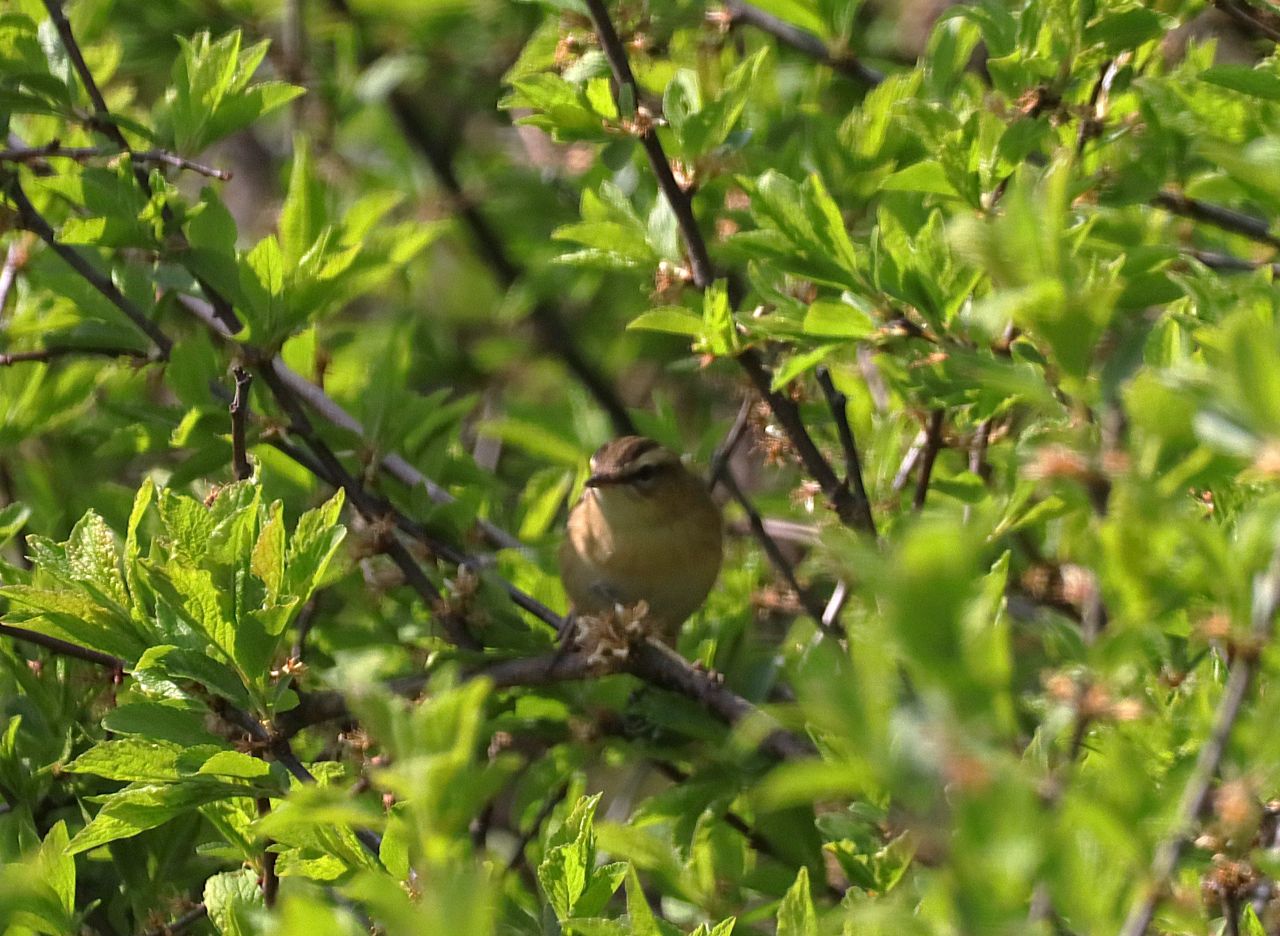
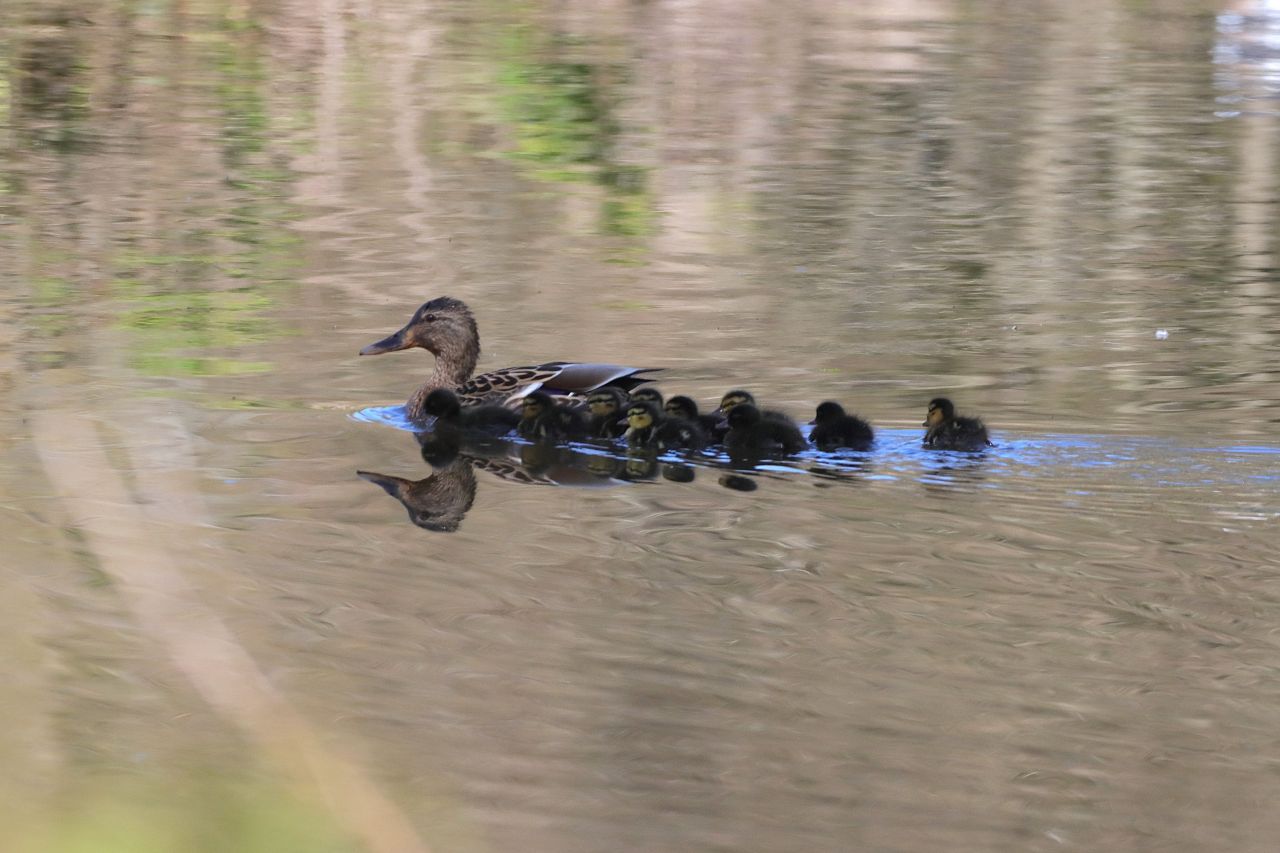

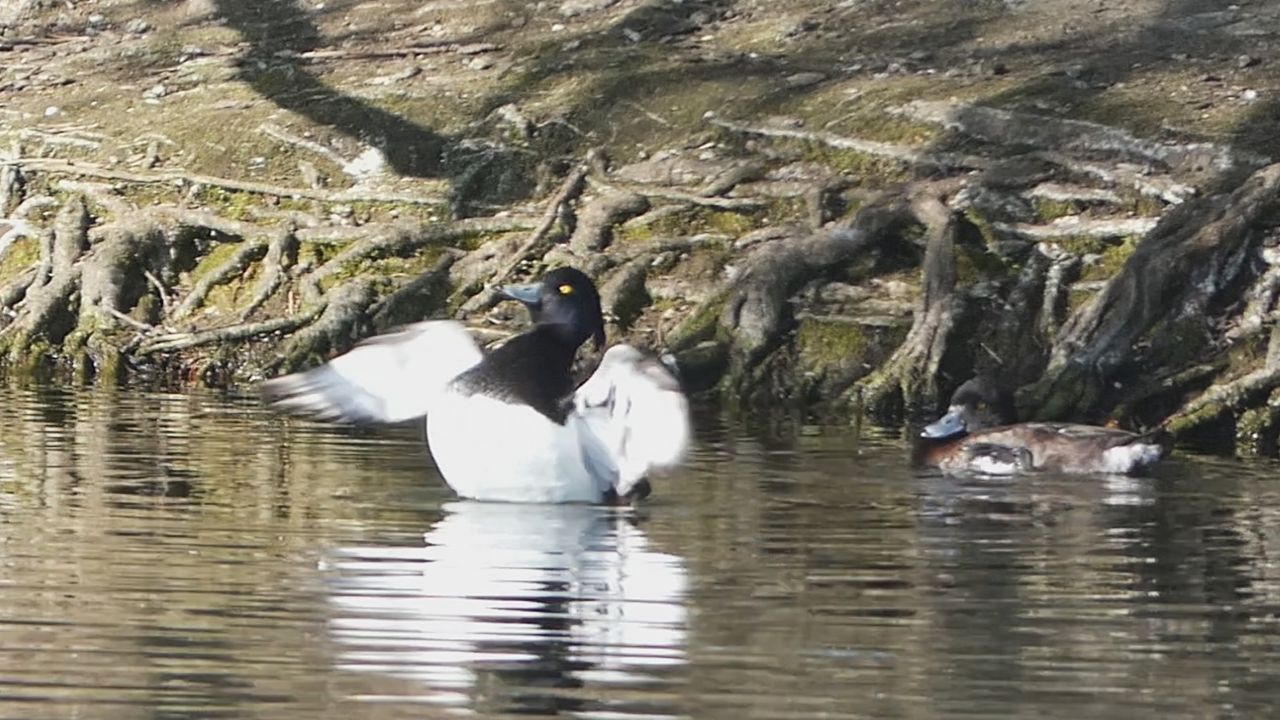
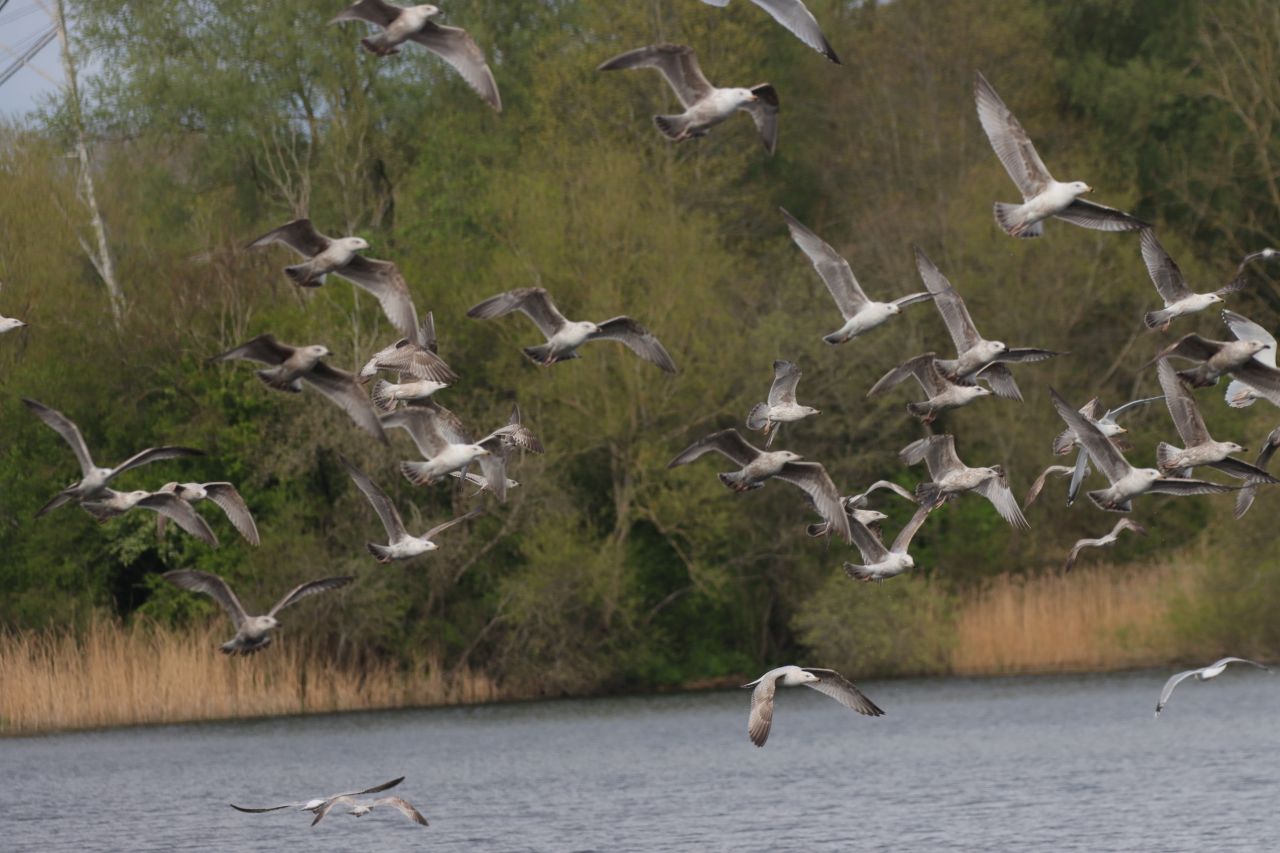
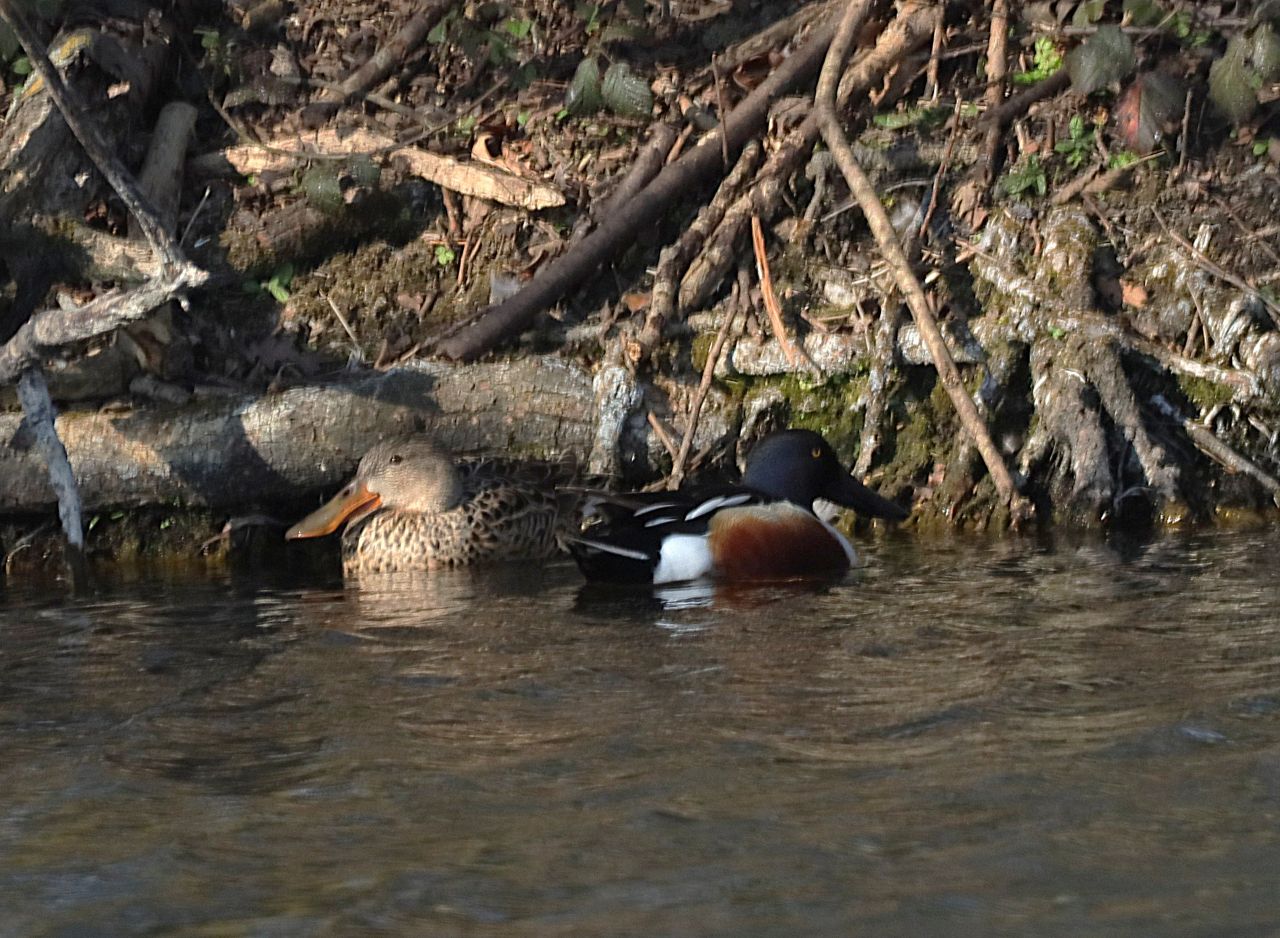
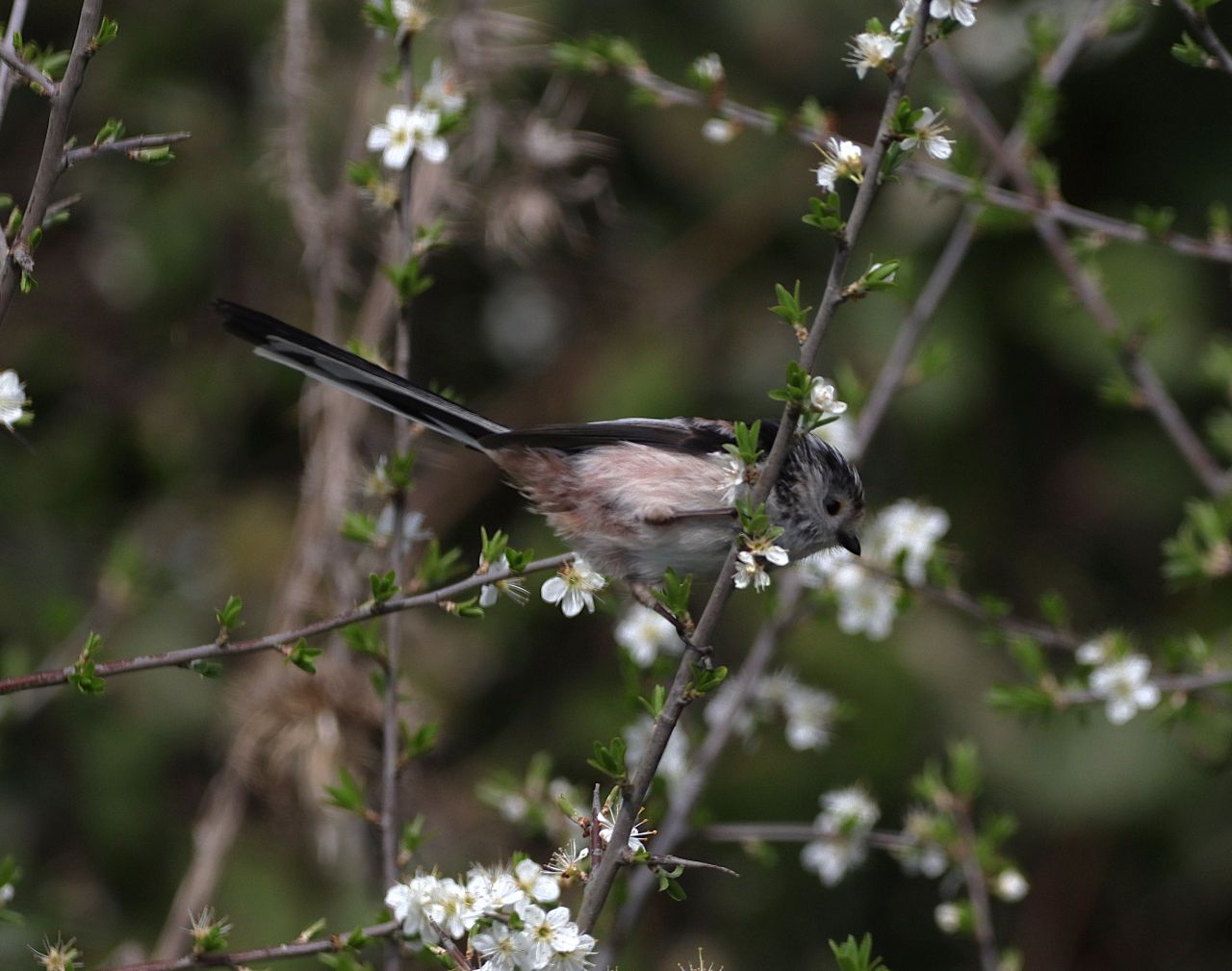
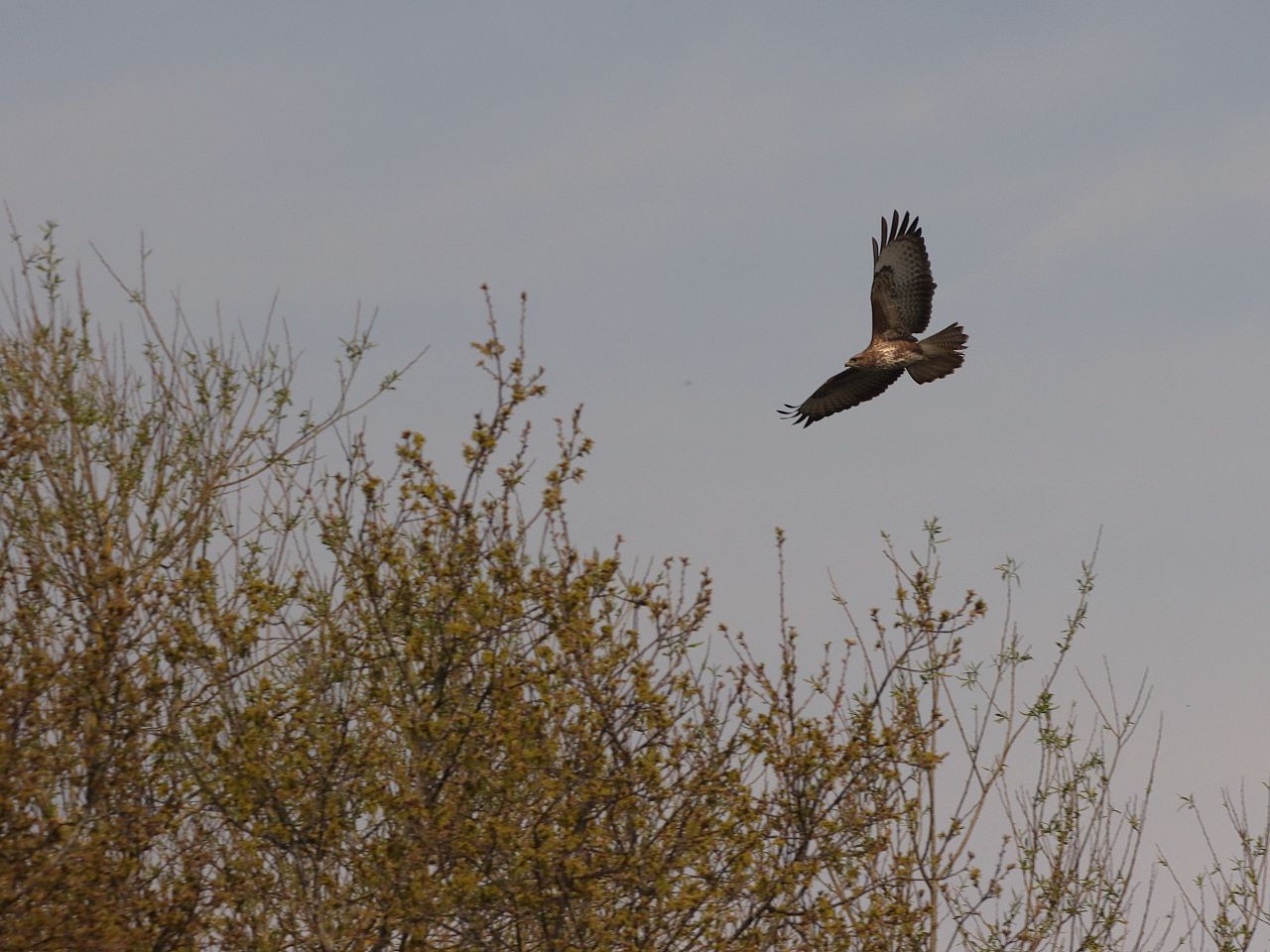
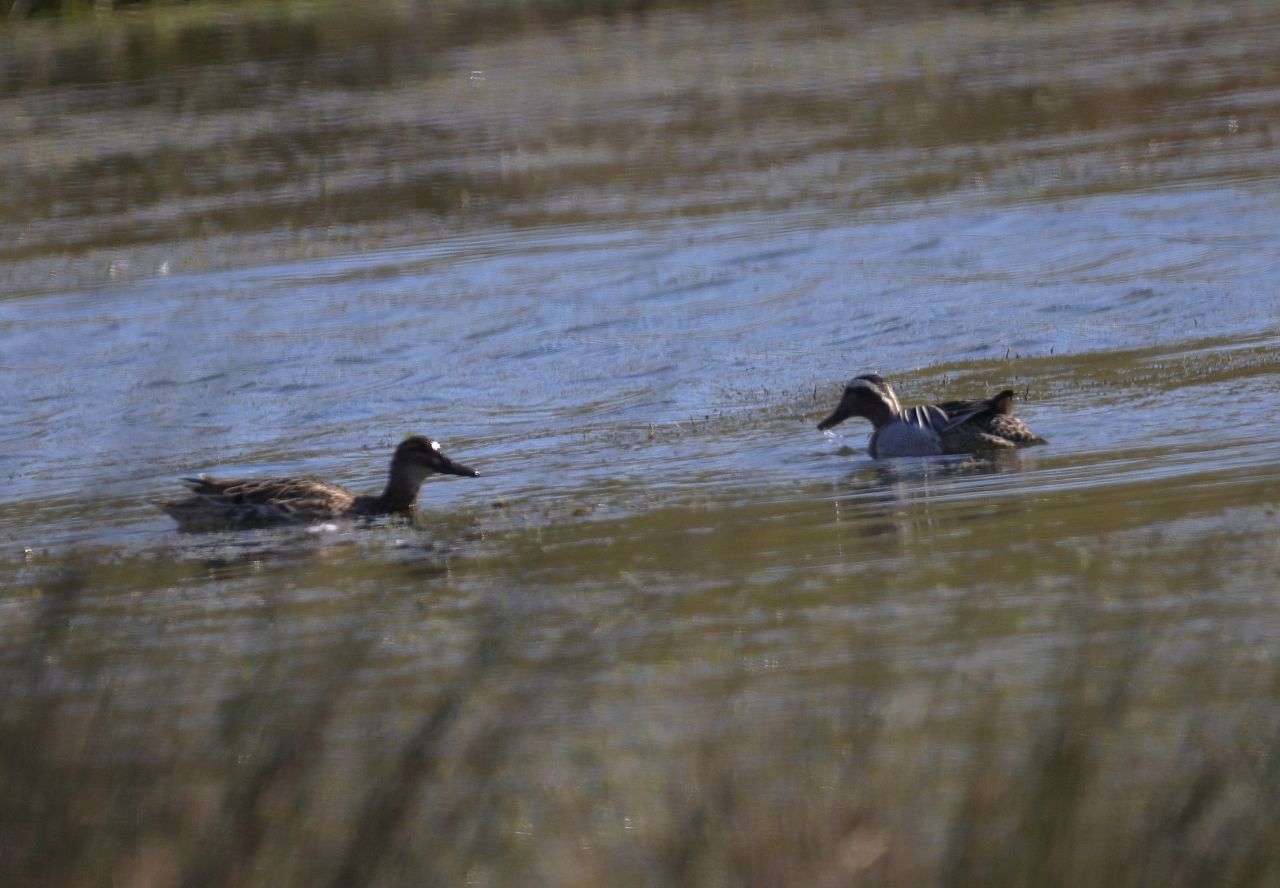
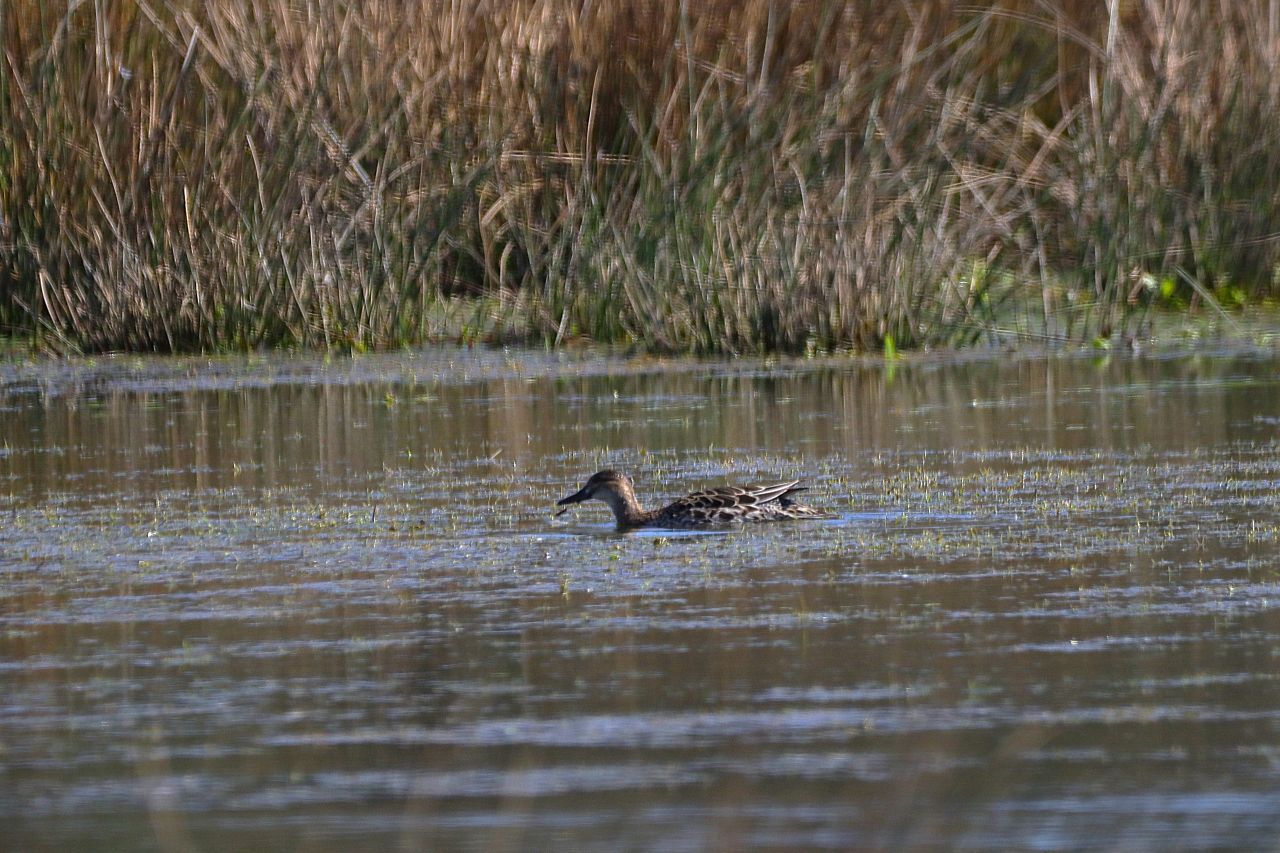
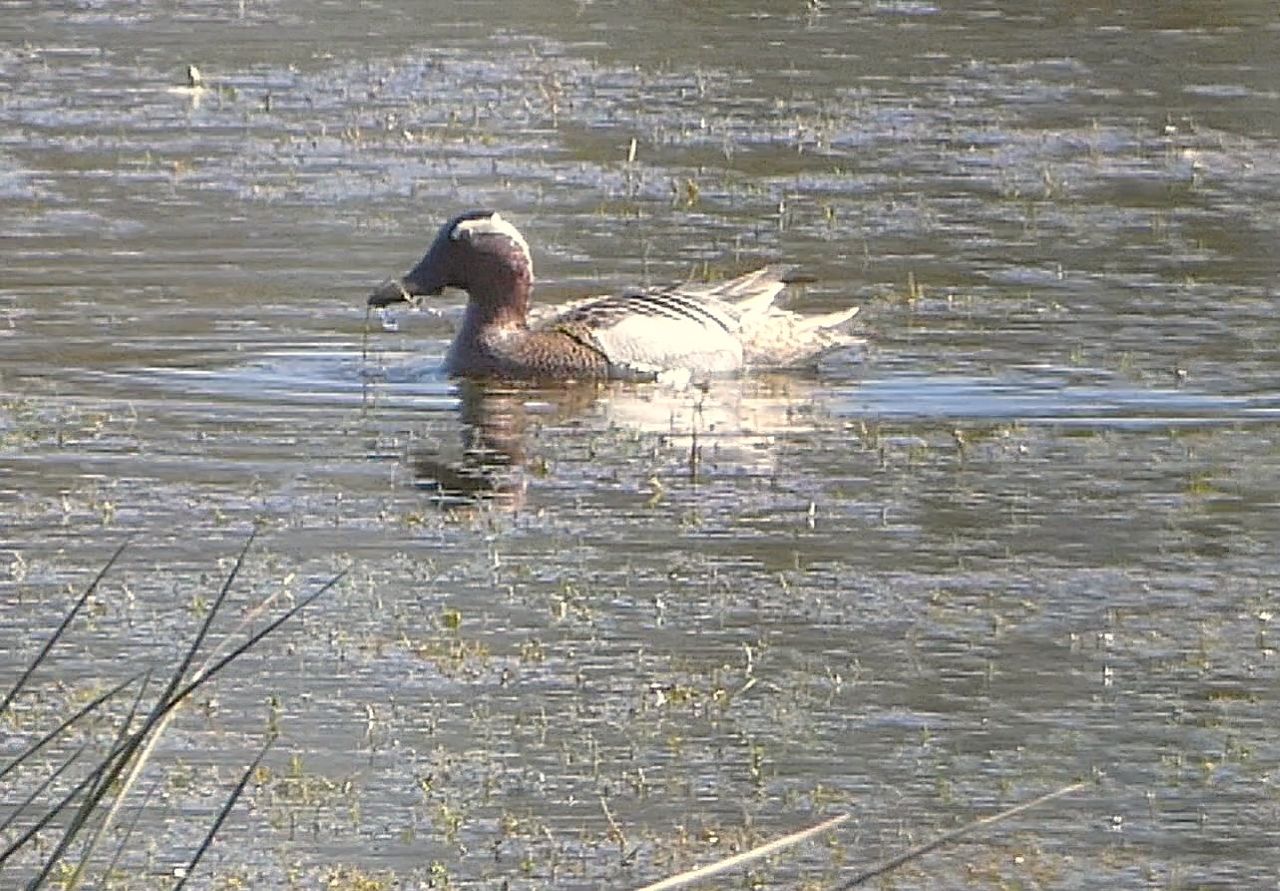
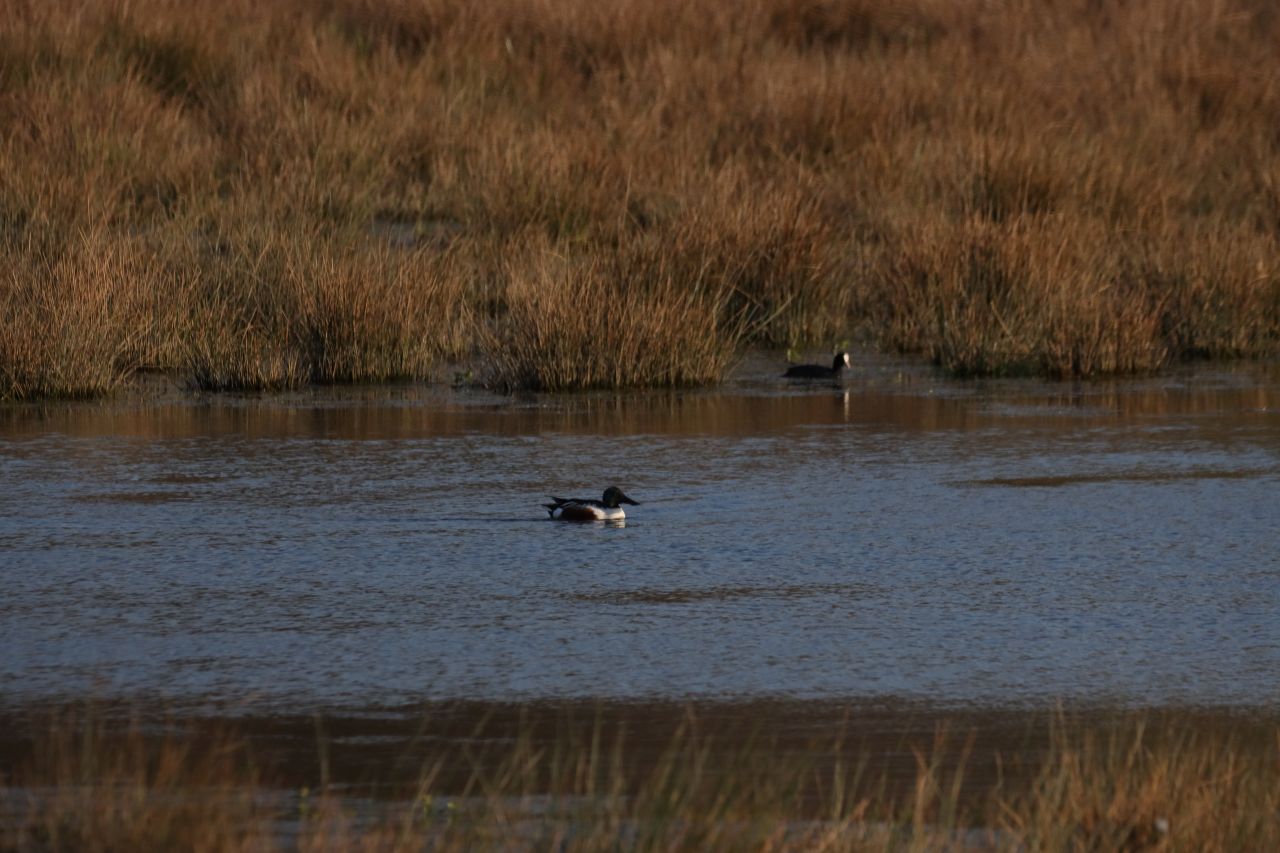

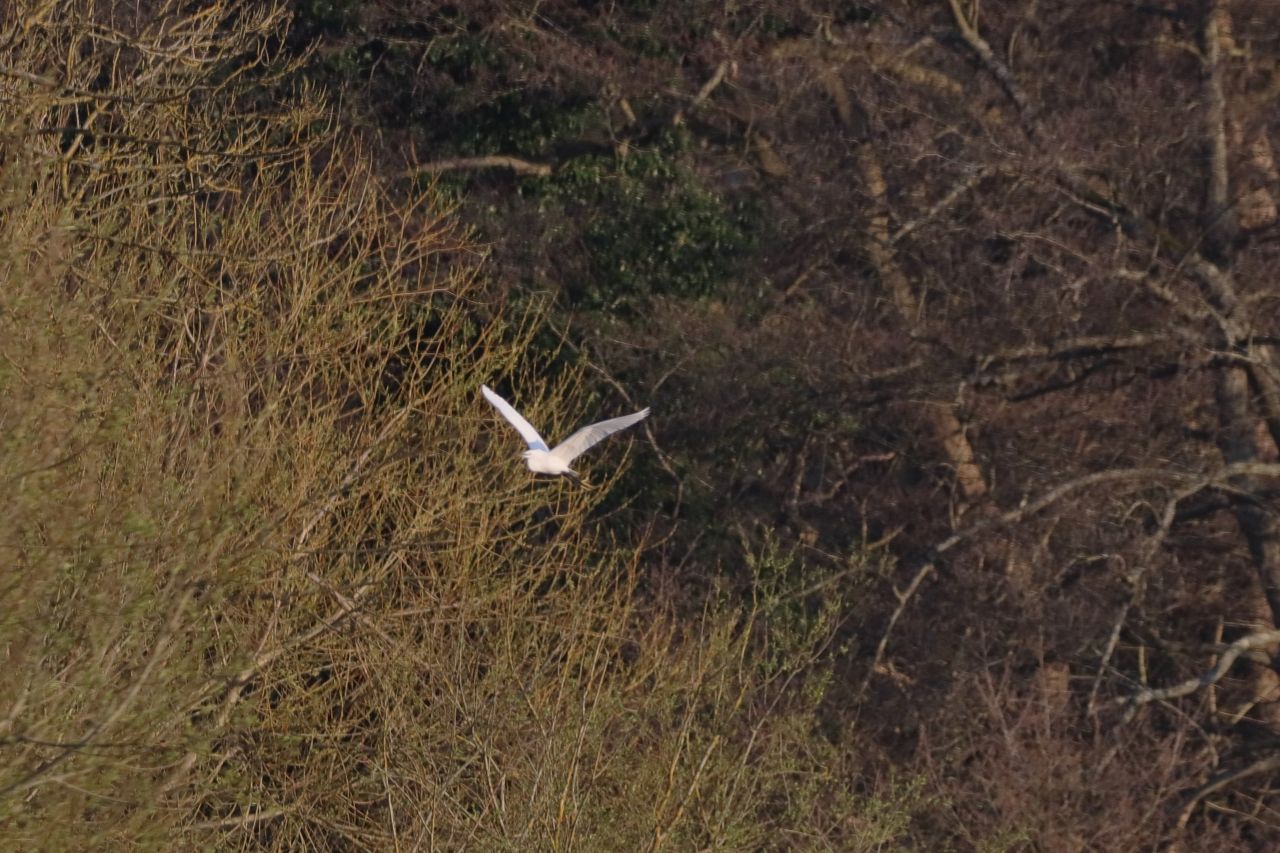

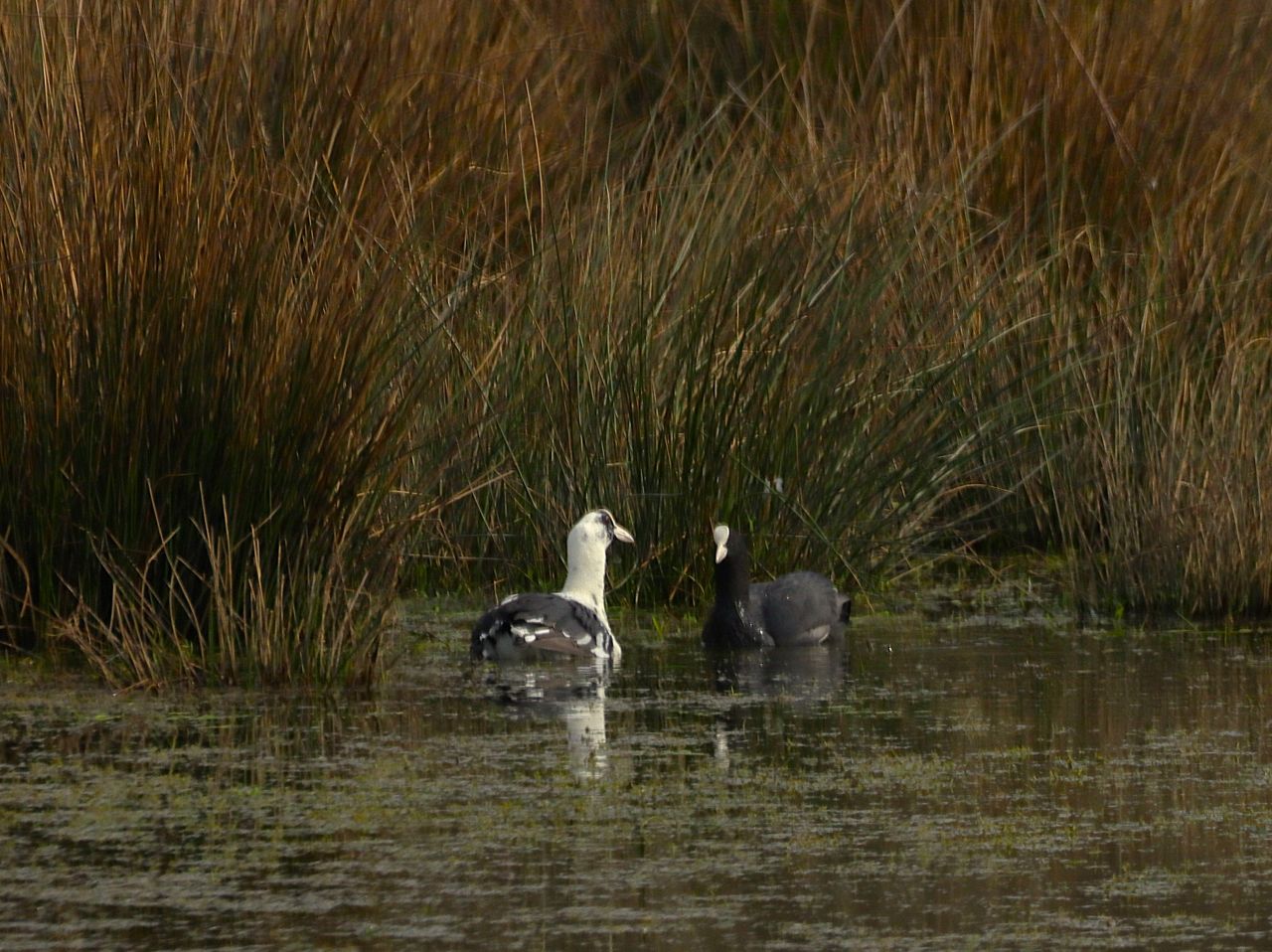
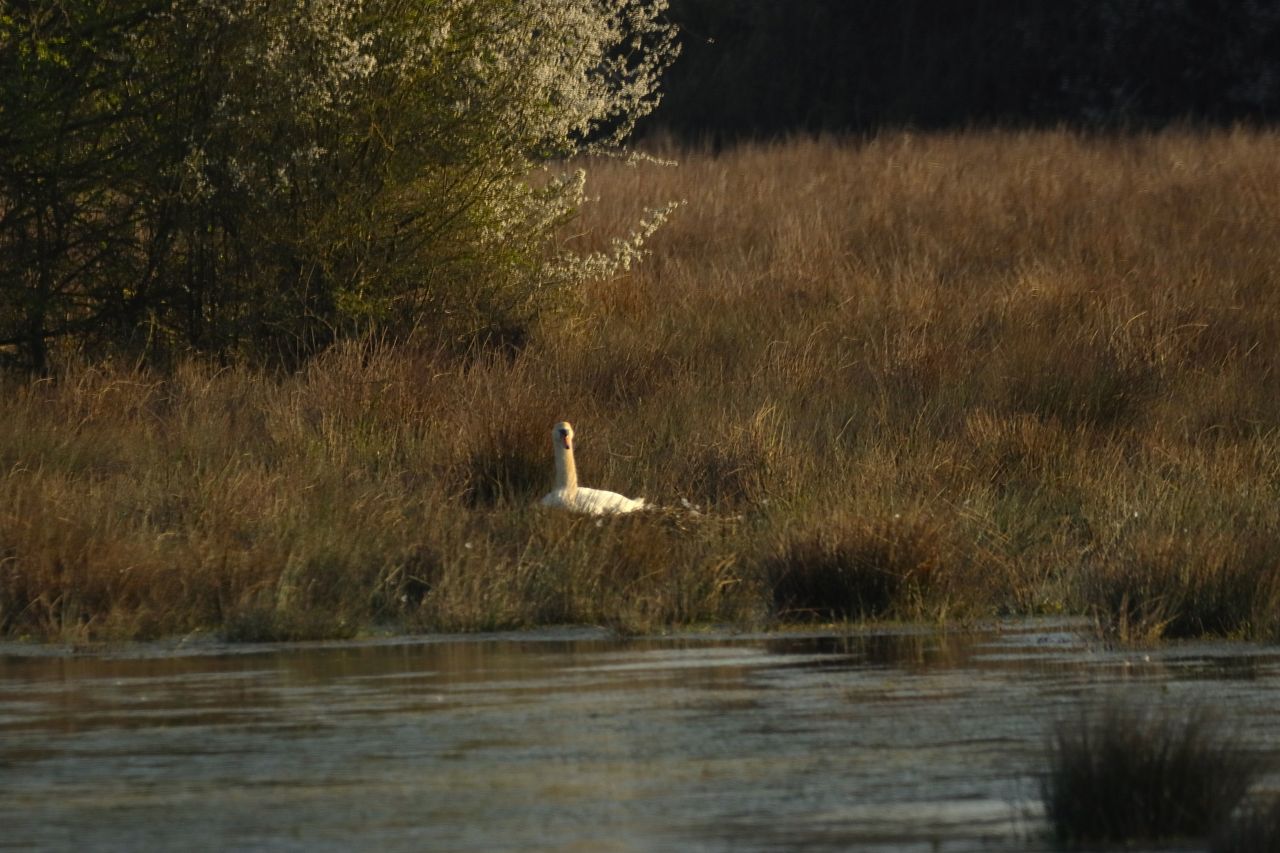
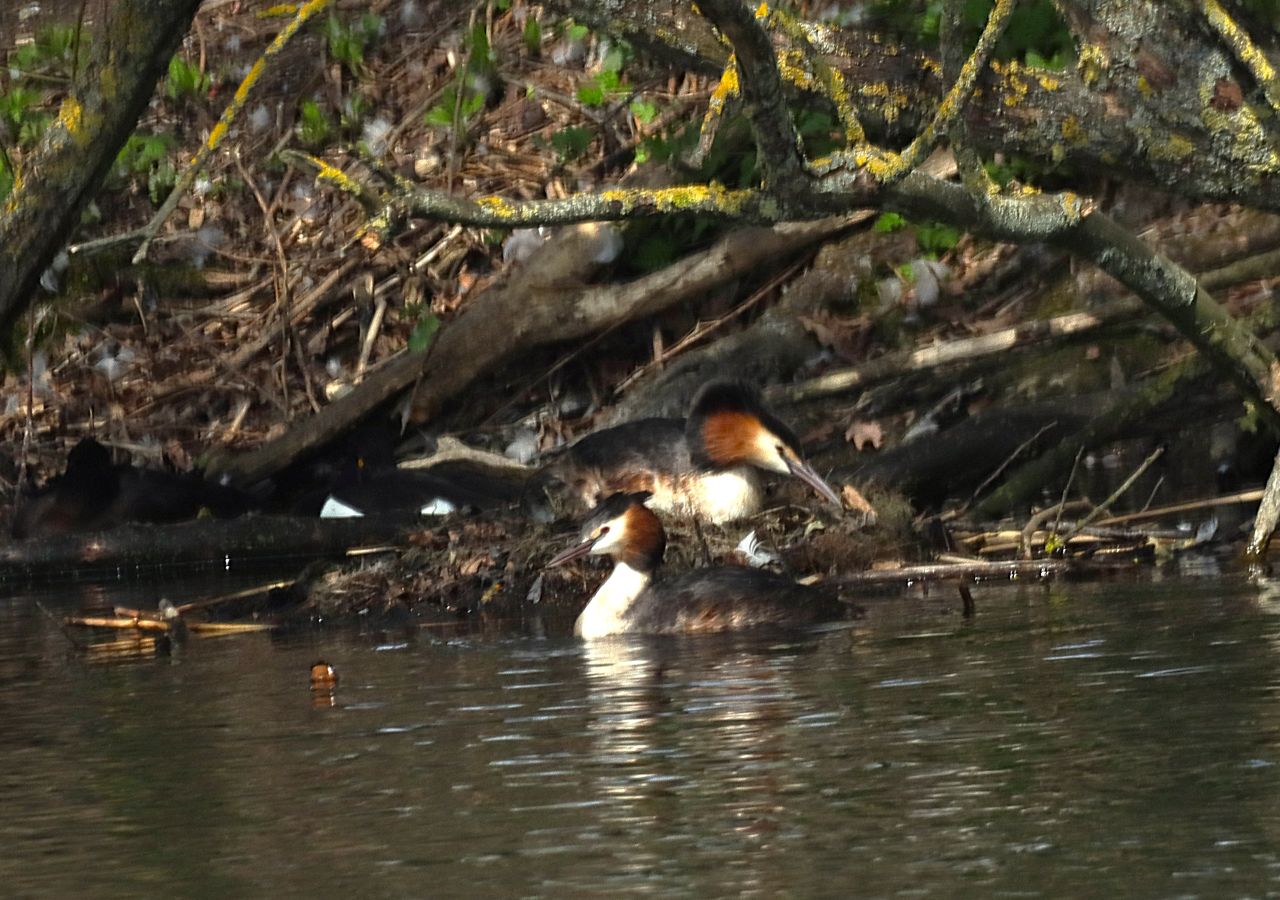

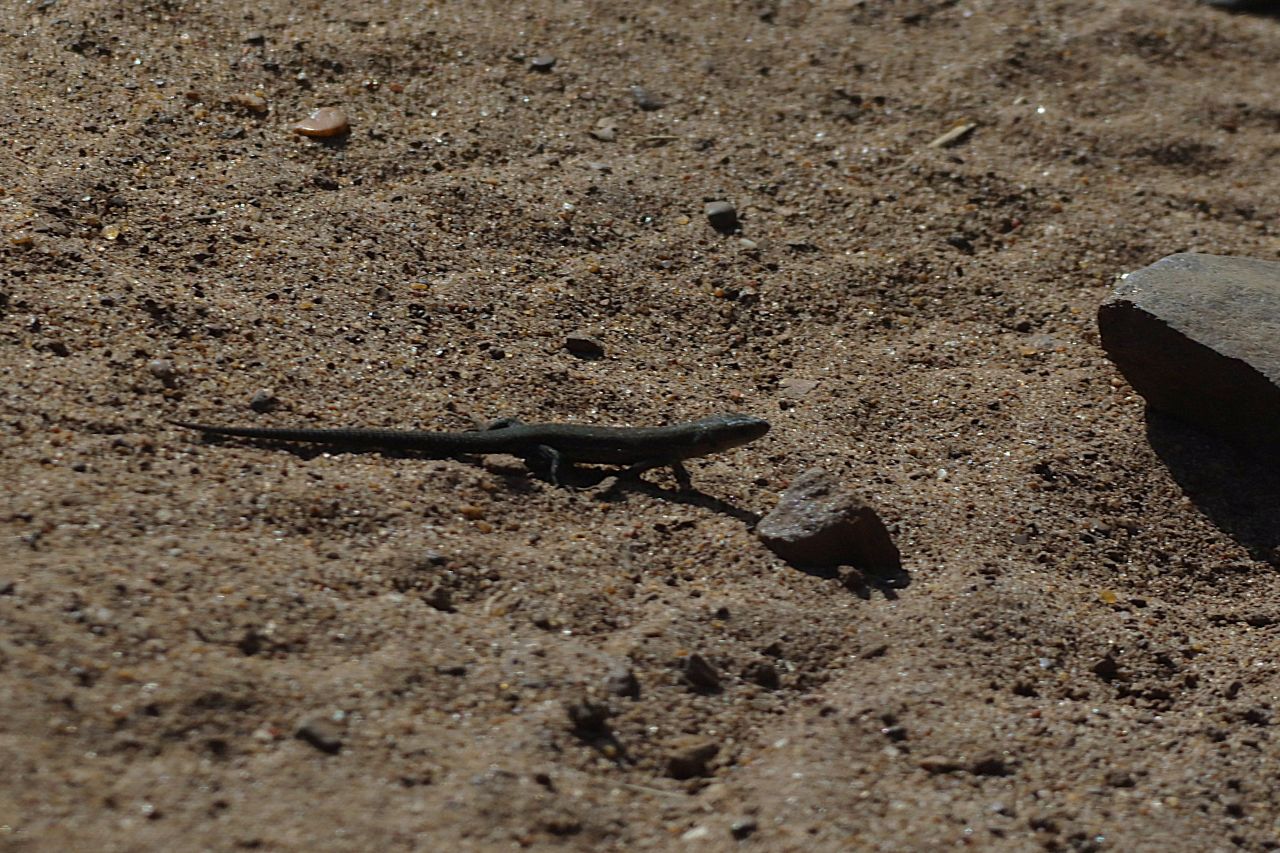
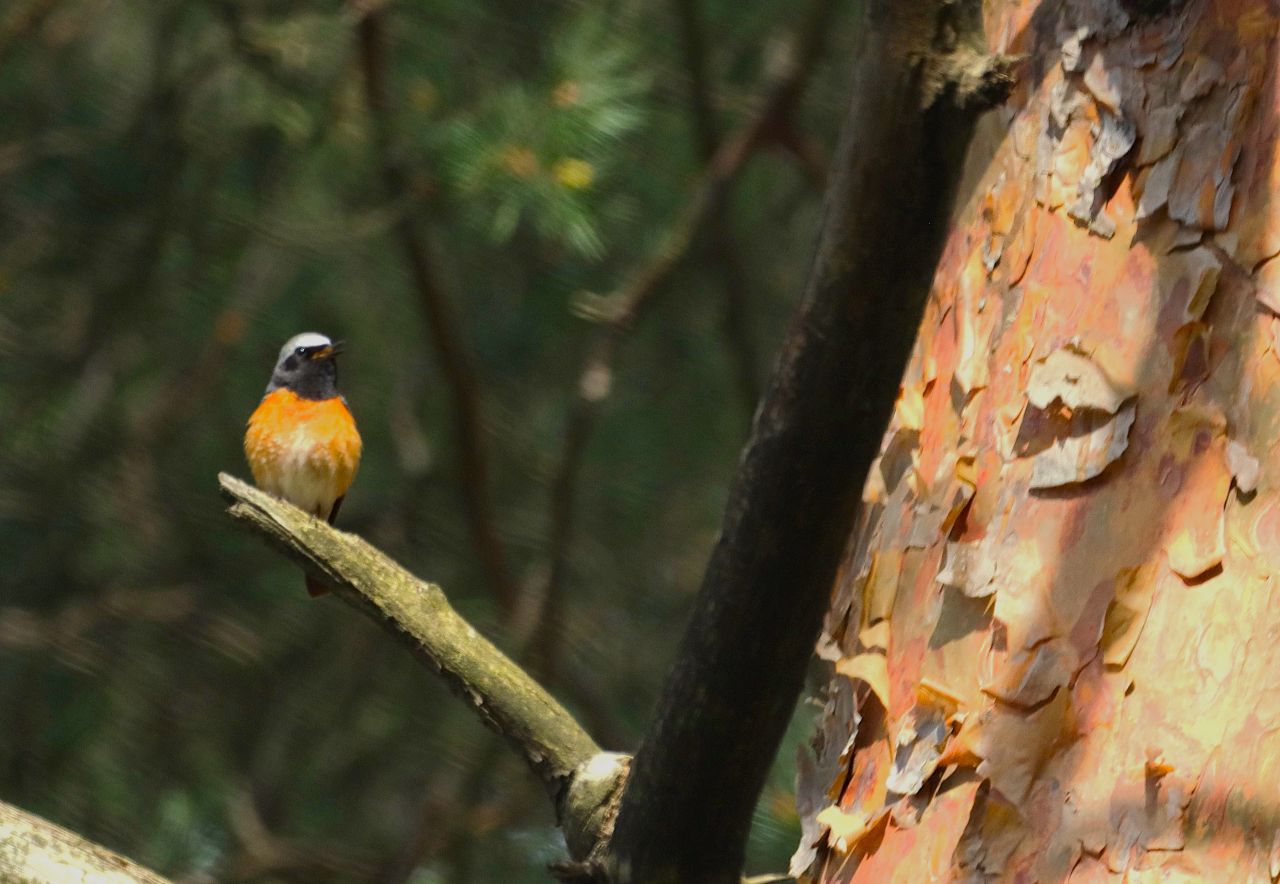

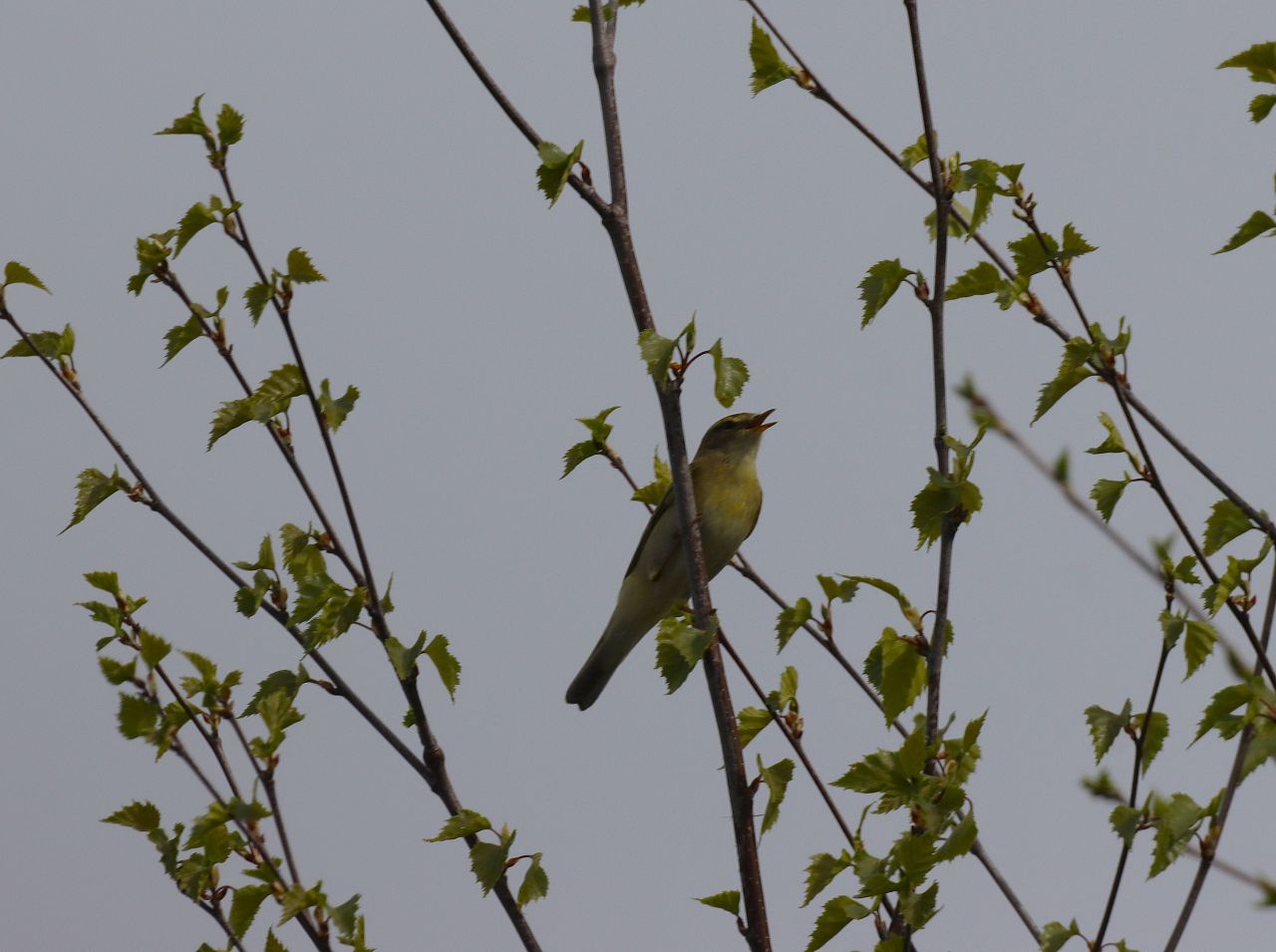
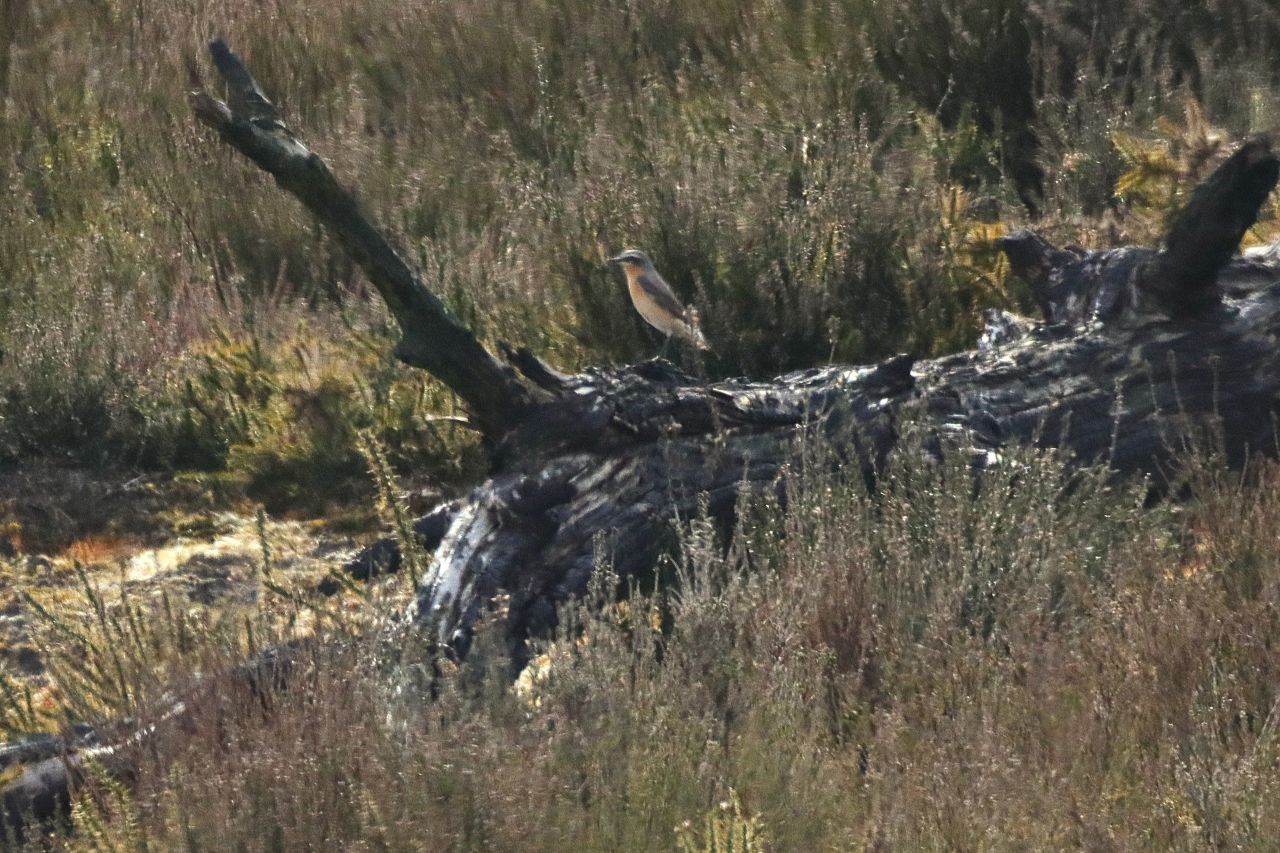
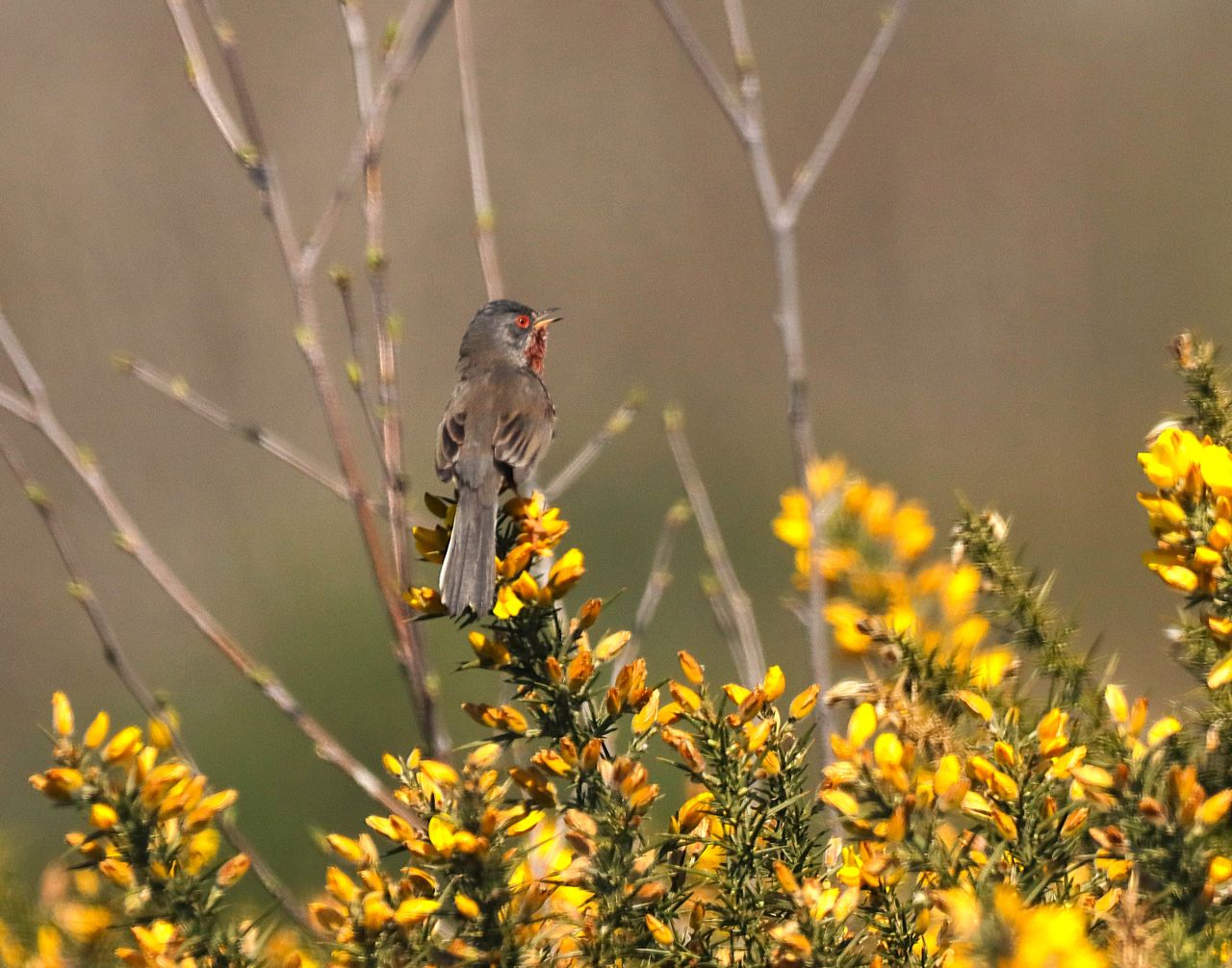
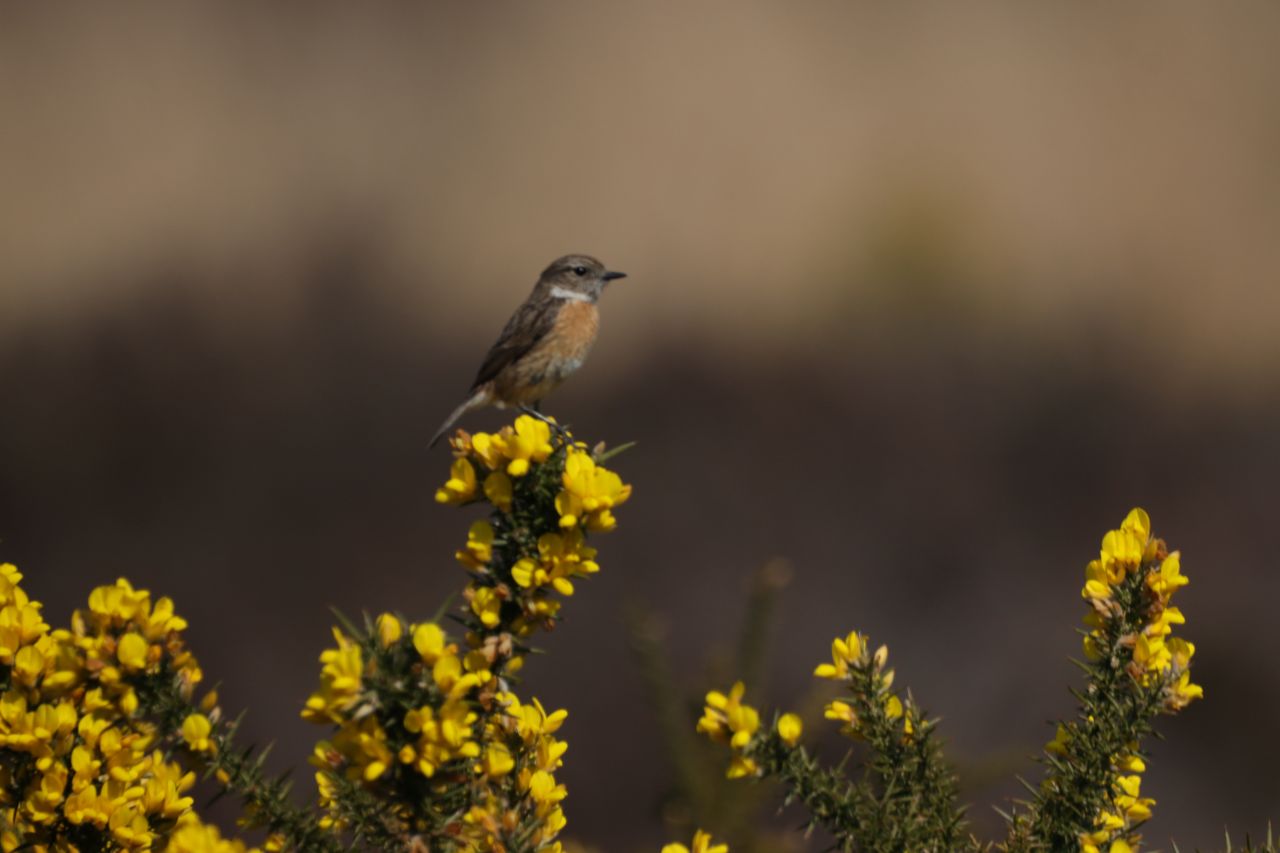
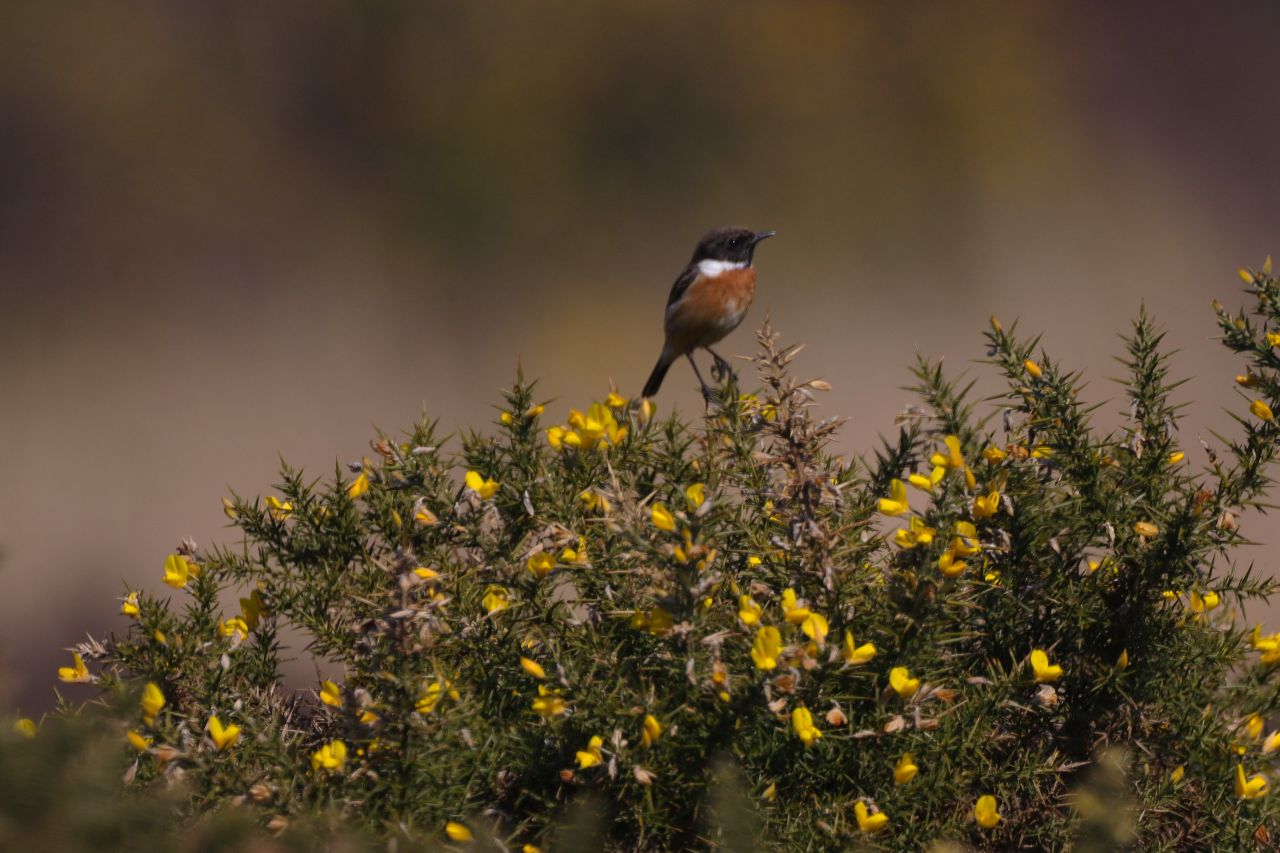
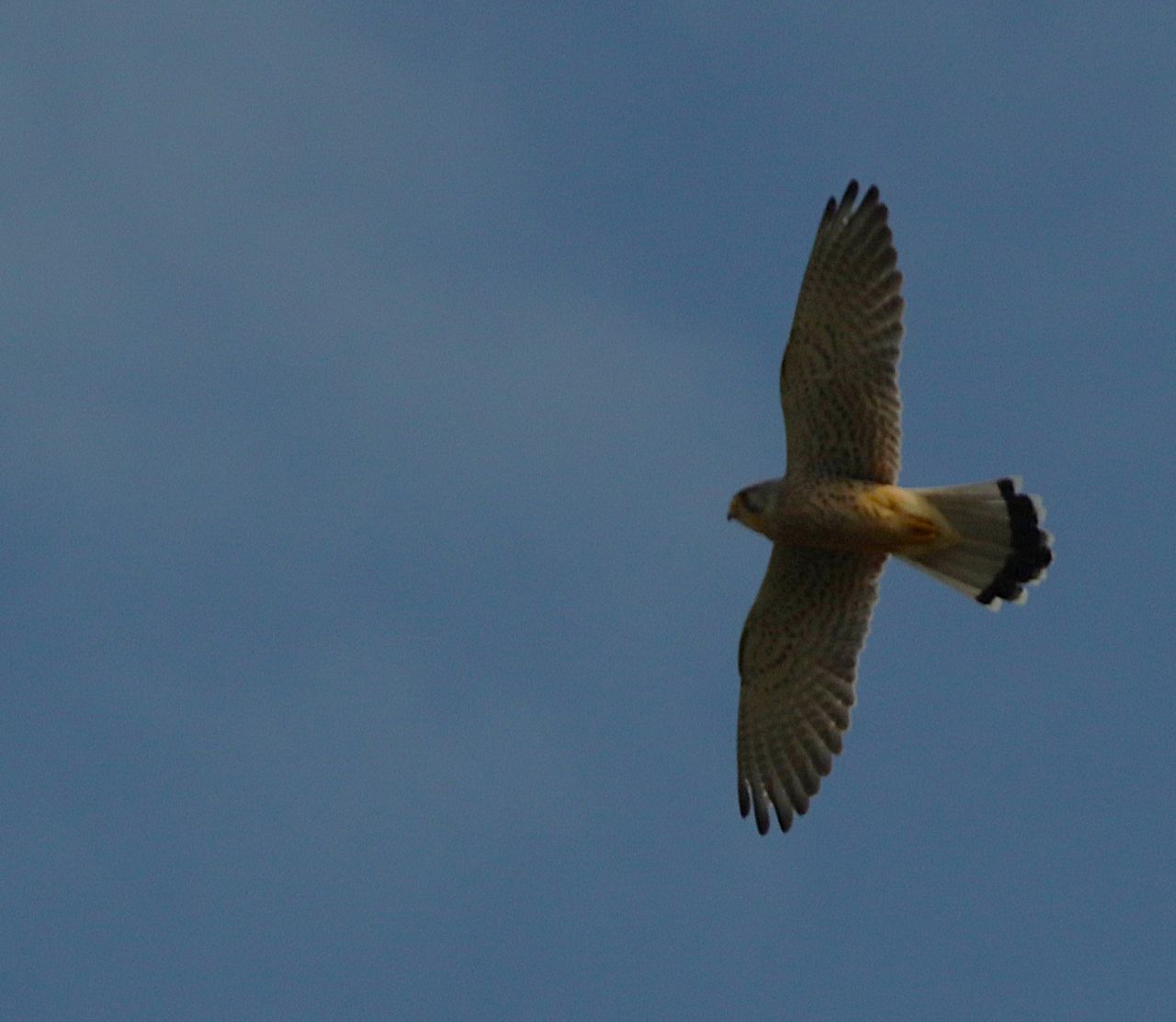
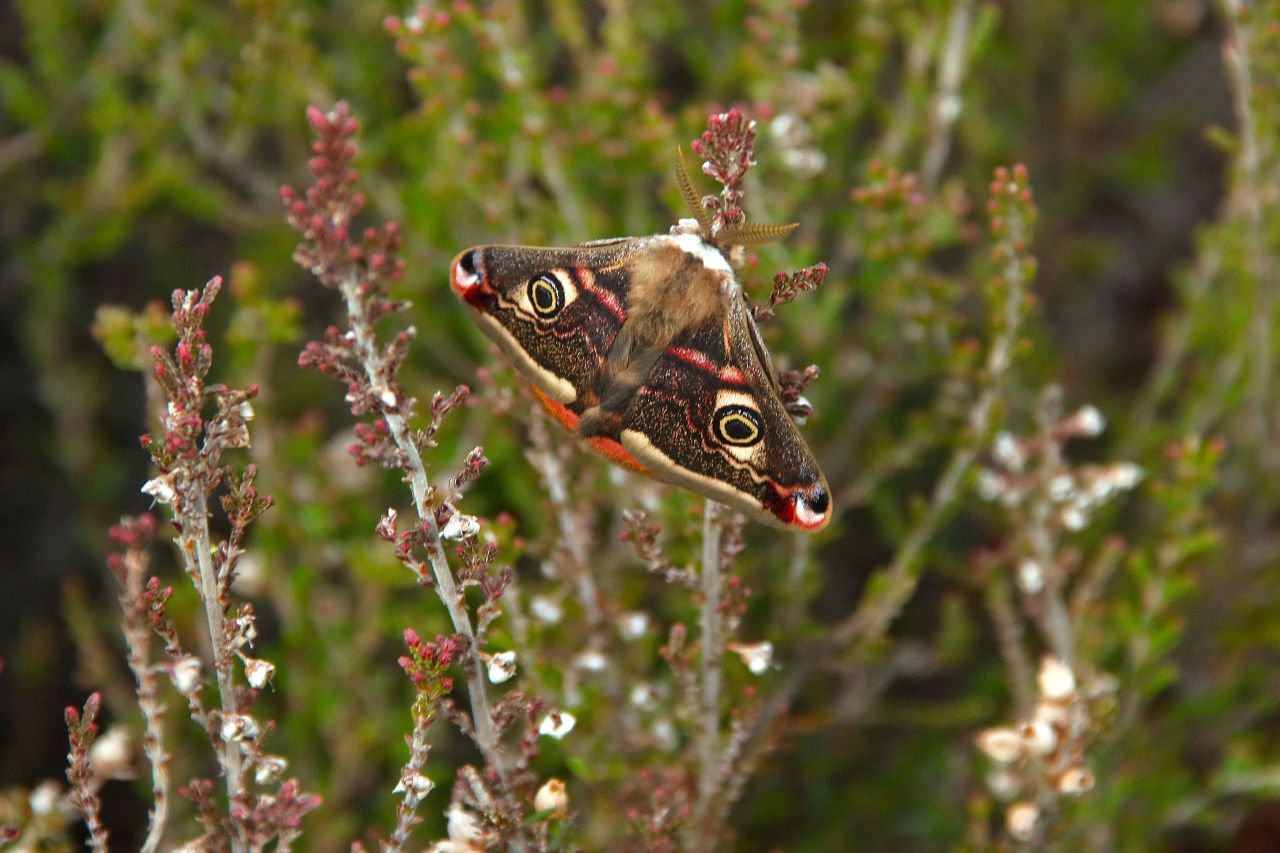
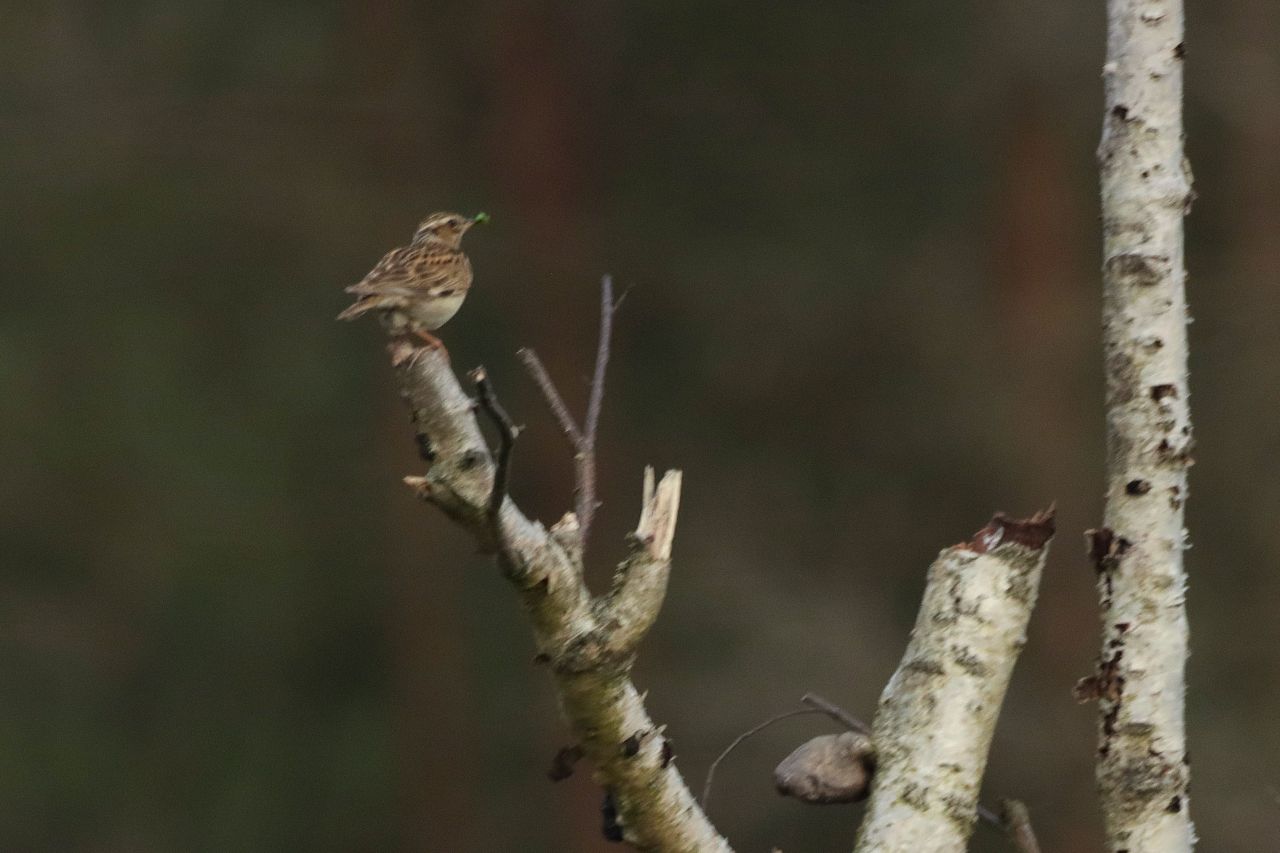
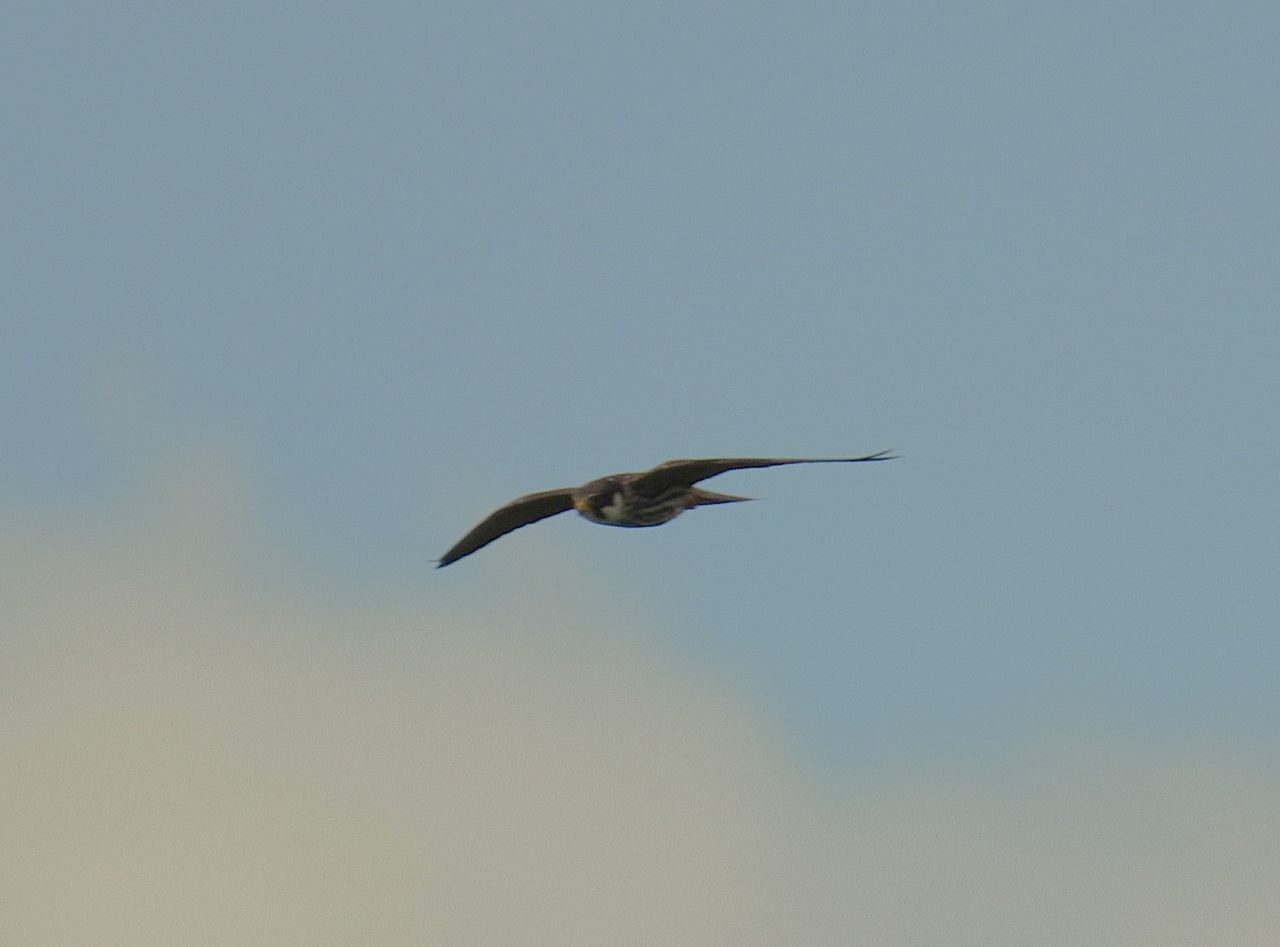

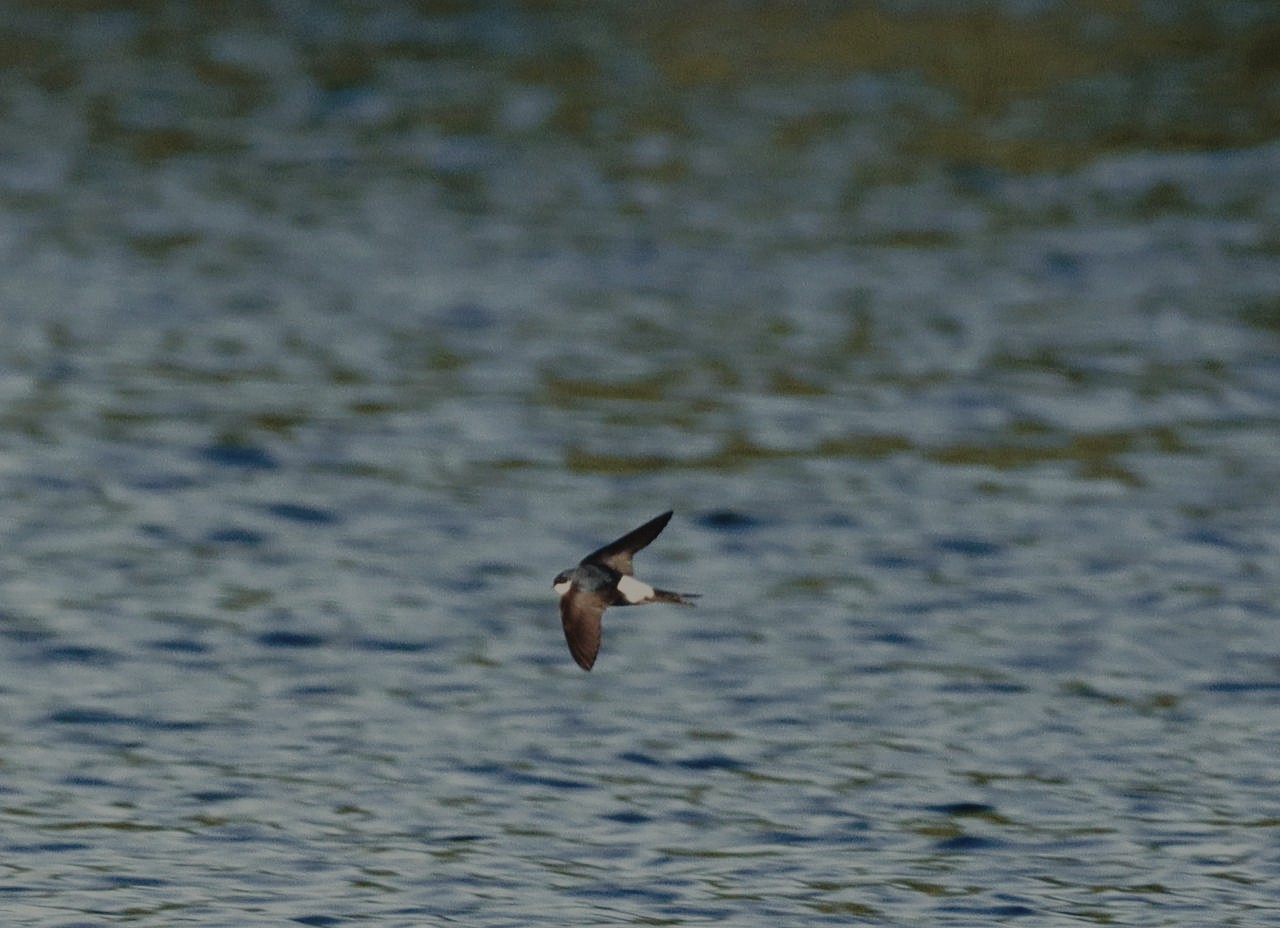
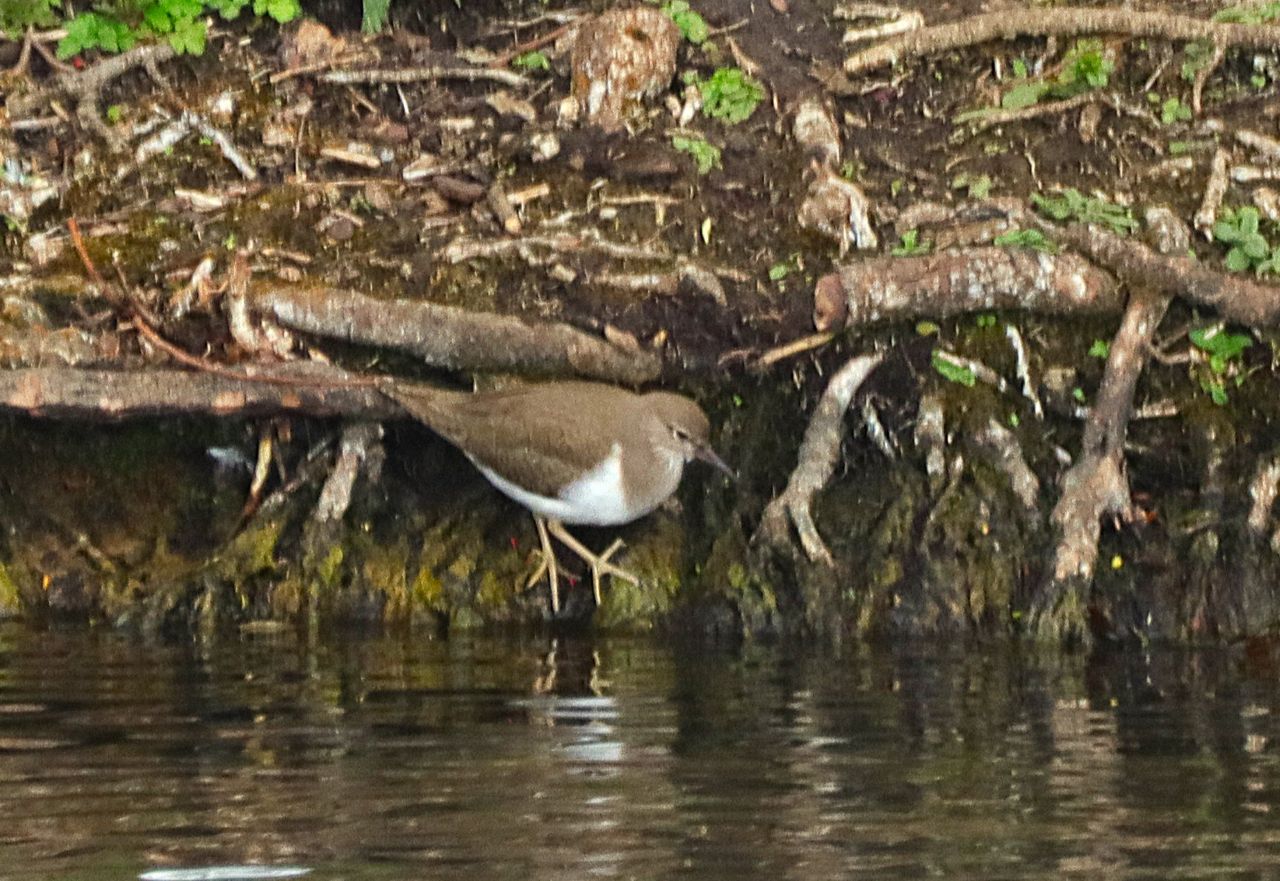









Susan Smith
April 19, 2025 at 11:55 am
Some fabulous photos in there again Malcolm for us to all enjoy. Well done. Great work